Like
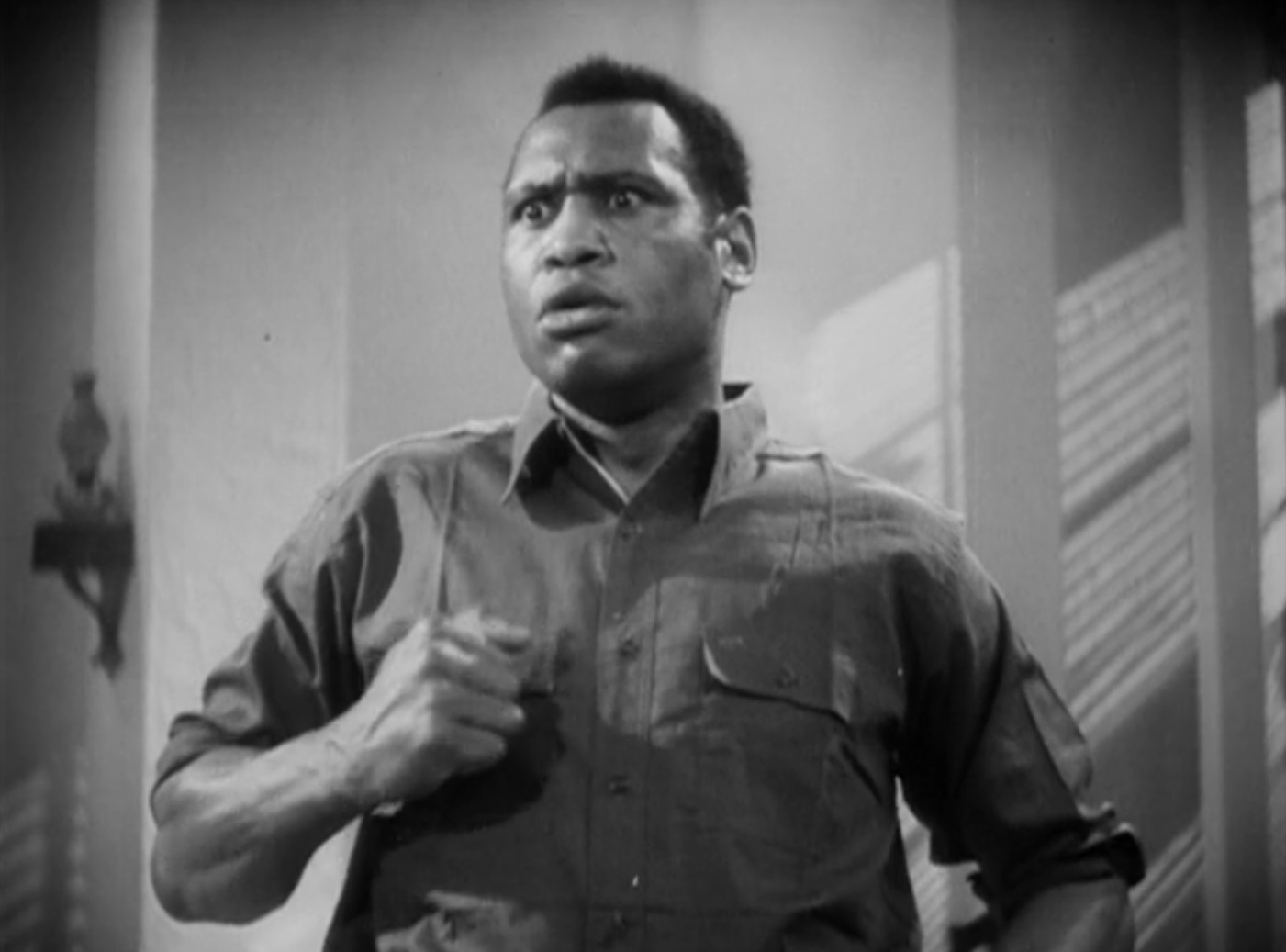 | 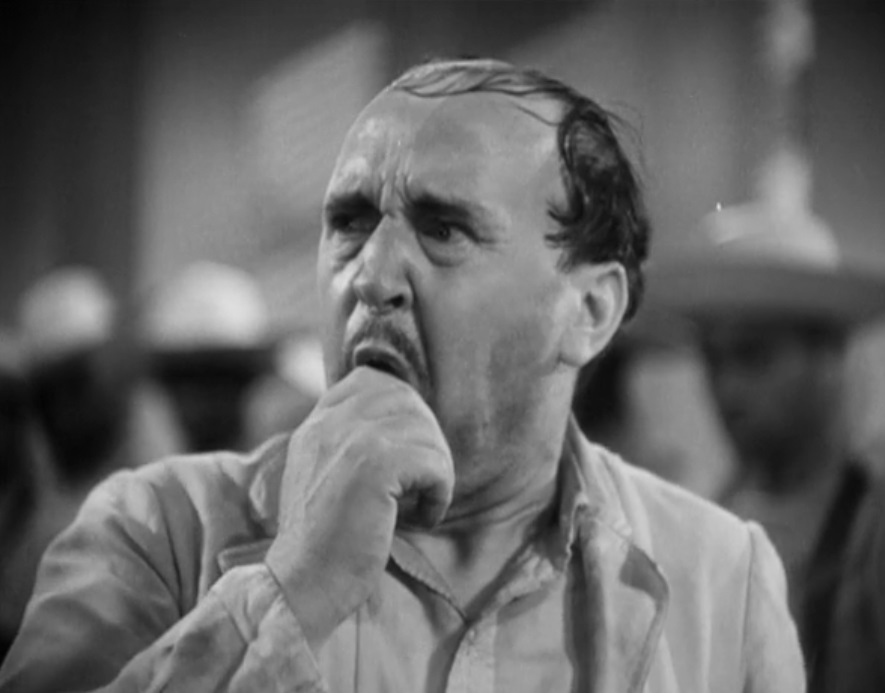 |  |
| Brutus Jones Paul Robeson | Smithers Dudley Digges | Undine Fredi Washington |
| Released by United Artists Directed by Dudley Murphy Run time: 72 minutes |

Availability
This film was an independent production and is now in the public domain. This means that the copies you find on the internet may be edited or in poor quality.
Currently, the movie is available on DVD from the Criterion Collection in a Paul Robeson box set, which is probably the best quality print that you’ll find of it.
Proof That It’s a Pre-Code Film
- As per old racist standards, African nudity isn’t the same as white nudity. Hence why the opening credits features a number of topless women dancing and chanting.
- Brutus Jones is an egotistical monster who uses and disposes of multiple women, including his wife.
- This shot of a sweaty, powerful, shirtless Paul Robeson always stuns me.
- In his travels as a Pullman Porter, Jones is told to keep an ear out for white women who will call him “Jack Johnson”. Johnson was a famous Black boxer– who was also famous for his predilection for white women.
- A scene wherein Jones kills a white prison guard with a shovel has been conspicuously altered so that the audience doesn’t see the moment of impact. That brief moment of film is now considered lost.
- The last widely distributed film to feature a Black male lead for two decades.
- Copious use of the n-word. More on this in Trivia.
The Emperor Jones: The American Myth
“It takes a silver bullet to kill Brutus Jones.”
For the past eleven years, The Emperor Jones has haunted me. I saw the film before I knew anything about pre-Code cinema, or even much about film history. Paul Robeson’s charm– magnificent and forceful– was undeniable, even in the tinny print I found on YouTube back in 2010. My imagination has often come back to the film since then, though often I was afraid of retreading ground and finding– as I sometimes do– that it was a dud of a film that I’d fallen for.
It pleases me to report that The Emperor Jones, while not a great movie due to a number of well-meaning issues, is still a fascinating one. In it are dozens of contradictory viewpoints of the Black experience in America in a story forged by white men and played out by Black. It is a strange sort of nightmare, one that hacked an acclaimed stage play to pieces and never quite gets the whole put back together. In spite of all that, the bravado displayed here, especially in Robeson’s twinkling, mischievous aura, makes it unmissable, a film both alike and wholly unlike everything else produced in its time.
But first, the standard plot summary. Brutus Jones is an egotist, seeing his life mostly through his own reflection in mirrors. He has dreams of grandeur, going from the backwaters of Georgia before as a Pullman Porter on a line up to New York City. While he leaves his doting wife behind, Jones eagerly takes up with the voluptuous Undine (Washington) while his friend and her erstwhile boyfriend, Jeff (Frank H. Wilson), remains oblivious.
Jones has his sights set on economic wealth and power. He picks a prime opportunity to blackmail the head of the railroad, and though he succeeds, he’s kicked back down to his old job. He ditches Undine and Jeff learns the truth about their relationship. Jones and Jeff finally confront each other over a tense game of craps in a old juke. When Jones reveals that Jeff is using loading dice, Jeff pulls a knife and the two brawl. The juke’s patrons busily return to their gaming while Jeff’s dead body lies int the middle of the floor. Despite an obvious case of self-defense, the prison-industrial complex churns and gobbles up Jones.
Jones now finds himself on the chain gang, singing spirituals as he heaves his hammer at rocks. In a pivotal moment, Jones refuses a guard’s missive to beat an unconscious prisoner. Brutus kills the guard and goes on the run, working on a steam ship before ending up on a tiny, post-colonial island in the West Indies. At first teaming up with petty peddler Smithers, Jones uses his confidence and smarts to propel himself into becoming the ruler of the island. His vanity catches up with him and soon the dilapidated mansion becomes a stunning palace. Two and a half years into his reign, he’s bled the island nation dry and eagerly tells the taciturn Smithers about his plans to take his ill-gotten fortune and run off to a new country and live large. One “without chain gangs and without Jim Crow.”
But Jones’ hubris is his downfall. After ordering the brutal lashing of political prisoners, Smithers awakens him that night to reveal that his palace has been deserted and the far off drums in the distance are those of the rebels coming for his head. Jones is unperturbed, waving goodbye to Smithers as he begins his nighttime trek through the jungle and towards an awaiting gunboat that will help him flee to safety and comfort. “Give my regards to any ghosts you meet!” Smithers sneers.
As Jones journeys through the jungle, visions appear of not only his past but of his people’s. His plans are foiled by the enemies he sees hiding behind darkened trees and twisted paths. He relives the murder of Jeff and the prison guard, and then sees ancient witch doctors taunting him from the recesses of his history. As the drumbeats intensify, Jones loses his elaborate uniform and slowly goes mad, emptying his guns at ghostly visages who taunt him. Emerging from the jungle a raving lunatic, Jones is easily put down by the languid rebels and a pitying Smithers.
Moving from North to South, Harlem to backwater, Jim Crow to post-colonial, The Emperor Jones is a kaleidoscope of attitudes and atmosphere. Time and again, Jones’ desires to exploit and profit win out over any of his good qualities, of which may only be his solidarity with his fellow prisoners at the film’s turning point. While it’s hard to find Jones admirable in much of what he does, his character arc for the first half of the picture still mimics what a typical James Cagney role might give you around the same time.
Jones’ journey is a common one in American myth. The confident and clever young man working his way up the class structure, though here it is the far more treacherous route that African-American men, in an era of lynchings and segregation, had to nimbly tread. Thomas Doherty goes so far as to call Jones “the Black Gatsby”, a man whose desire to make good on the American dream is unable to overcome a past consumes and destroys him.
The film’s latter half is far bolder while perhaps being a bit more underwhelming. Jones’ ascension to emperor and subsequent downfall are a lot more fanciful and grand, played largely with fascinating connotations as Jones brings his own version of exploitation to the islanders. And his end, which is beautiful but slightly inert (partially due to some missing footage– see the Trivia section below), takes a lot of wind from the picture.
The stage play version had been told entirely in flashback, starting with when Smithers awakens Jones at the palace and going backwards in time to show what had brought him there. For the film, it was decided to render this story in a chronological fashion, which knocks the wind out of it and makes the very linear first half not quite connect up with the more fantastical second half.
Emperor Jones is undeniably a perfectly calibrated showcase for the multi-talented Robeson. Besides his commanding presence, Jones engages in and breaks out into song, letting Robeson’s rich baritone take center stage. Robeson had grown up in Princeton, New Jersey and graduated high school and from Rutgers College as valedictorian while also playing football and participating in the debate team. He graduated Columbia Law School but left law practice, which he found riddled with racism, before entering the theater. Frequently clashing with the racist institutions and attitudes of the United States, most of his pictures would be filmed in England. His refusal to shun his communist ties would lead to him being blacklisted in the 1950s, and, while he supported the Civil Rights movement, poor health put him on the sidelines. He died in obscurity but has been remembered and celebrated over the ensuing decades for a fierce, independent trailblazer.
Robeson’s own story is important to understand as it connects to how much racial weight Emperor Jones brings to bear, not just in its storyline but in its release and presentation. Based on a blockbuster stage play by Eugene O’Neill, it was the first major role for an African-American actor that was portrayed, on Broadway, by an actual African-American. The play was not without its controversies and criticisms from black and white communities, from the way it connects African churches with primitive dancing to the language it chose to frequently employ. The movie reflects what a delicate line they had to tow in creating a such a movie, even in the confines of an independent production.
It doesn’t always work, but The Emperor Jones is a fascinating relic. It feels startlingly modern and daring in many senses, while also sinking under the weight of its own words and structure. The film is a showcase for Robeson’s incredible spark and sexual magnetism, as well for representing the ways he pushed back against the racist structures of America nearly a century ago. It’s an imperfect work but exciting all the same.
Screen Capture Gallery
Click to enlarge and browse. Please feel free to reuse with credit!
Other Reviews, Trivia, and Links
- Produced independently by the team of John Krimsky and Gifford Cochran, who had raised the funds to buy the rights from scriptwriter Eugene O’Neill after they’d domestically distributed the film Madchen in Uniform. O’Neill agreed to sell the rights under the condition that Robeson reprise his role from the stage revival and receive billing above the credits. Robeson, for his part, signed on at a star salary, with his only stipulation that no filming was to take place south of the Mason-Dixon Line.
- Filmed in 10 days in New York. Director Murphy filmed in New York to be close to the Harlem nightlife, even recruiting Cotton Club dancers and a young Harold Nicholas (of the Nicholas Brothers) to appear in one scene.
- Was greeted with numerous controversies. The producers or censors (I’ve seen both mentioned) reshot the scenes between Robeson and Fredi Washington, worried that her light skin might indicate miscegenation. For the reshoots, Washington, an African-American actress, was given dark hair and a darker skin complexion. Washington’s biggest claim of cinematic fame would be in 1934’s Imitation of Life.
- The film’s use of the n-word was problematic in the stage version as well. The original star of the stage play The Emperor Jones was Charles S. Gilpin and he had objected strenuously to the word’s use, inserting ‘Negro’ in instead for the slur. Robeson took over the role in stage productions starting in 1925 and kept O’Neill’s original language. As Robeson was in the filmed version, many permutations of the racial slur occur in the film, which lead to a number of outrages. The film, already assuredly not playing white theaters in the South, also had every utterance of the slur mercilessly cut out for black theater houses in that region. The film circulated intact in the rest of the country.
- A lot of this information came from the film’s AFI Notes and its essay for the Criterion Collection by Bruce Eder. For more background and analysis of the film, I cannot, cannot recommend highly enough the commentary track for this film from professor Jeffrey C. Stewart. It is packed full of background information as well as analysis about the story’s themes and meanings. The commentary track is currently streaming on the Criterion Channel, and also appears on the film’s Criterion DVD release.
- This entry was the first review of a pre-Code film I’d ever written about back in 2010– though not the first review on this site, which came a few years later. I had watched this movie mainly because it was public domain and thus available on YouTube (back when finding copyrighted films on there was considerably more difficult). I have updated this review in May 2021 with new links and resources. For posterity’s sake, I have included my old review here:
I’m going to go ahead and wager that the names Paul Robeson and Eugene O’Neill may be foreign to you. While the singer famous for his rendition of “Old Man River” and the Nobel Laurette who introduced realism into the American drama may not be on the tip of the non-English Major tongue (assuming that that includes you), they’re both instrumental in the dark strange world of The Emperor Jones.
The movie begins with African natives performing a ritual exotic dance before we cut to the dichotomy of a Baptist church. Here they’re praying for Brutus Jones, played by Paul Robeson, a sinner who’s recently gotten a job as a porter on the railroad. He’s proud of his new shiny suit, and his wife warns him not to get too big of a head about it.
As a porter, Brutus soon works his way up the ladder, all the while being almost greedy enough to have his pupils replaced by dollar signs. With the money comes temptation, and Brutus gets involved with another woman and an unsavory gambling hall.
After a scuffle at said gambling hall leaves a man dead, Jones finds himself on a chain gang. Unable to submit to the authority, he beats a guard to death and escapes, heading for the Caribbean as a coal shoveler. Seeing an exotic island and fearing arrest at whatever port the ships arrives at, Jones jumps out and swims ashore, only to be captured by some natives.
If this sounds like a lot, rest assured it is. The film moves at an incredible pace, leaving it as an 82 minute movie with enough plot for a three hour film. The reason for this seems to be that the filmmakers wanted to expand upon O’Neill’s original piece and give Jones a more detailed back story for the events that happen next in the movie.
The original play actually only concerns Jones as he arrives on the island. He befriends a white trader, Smithers. who sells his wares to the tribe, and, seeing an opportunity, Jones quickly stages an incident involving a gun and some blank cartridges that he uses to declare himself God and emperor of the island.
While things are okay for a little bit, Jones takes glee in taxing the poor to build himself an enormous palace. After he orders the destruction of an non-compliant village, he finds himself alone with Smithers, boasting about how he’d planned to leave anyway. He will sneak into the jungle, find his stash of treasure, and leave in a boat. “Watch out for ghosts,” Smithers warns.
Jones escapes into the jungle, with the beating of his pursuers drums a constant reminder of what might lay ahead for him. As he goes deeper into the jungle, he begins to see visions of the life he led and of all his wrong doing. Unable to cope, we watch Jones descend into frothing madness, unable to reconcile who he is with who he should be.
Here and throughout the movie, Paul Robeson really brings the character home. He’s always arrogant and brash, but as he loses his mind at the end it’s a stunning and evolving deconstruction of all the bravura we’d seen happen before. The film is completely engrossing to watch, and that’s all thanks to his performance.
If the movie itself isn’t quite as successful, that may be because it’s overstuffed. I think inserting flashbacks during his trek through the jungle might have been more effective, because as is it often feels rushed and like there are moments missing; we’re getting a summary rather than a story.
In spite of that, The Emperor Jones can easily be recommended for Robeson. His portrayal is nothing short of stellar, and he brings Jones to life as a man who starts his journey grinning proudly, ends it convulsing on the dank jungle floor, completely maddened by how he’d gotten exactly what he always wanted.
Emperor Jones is currently in the public domain. You can watch it at Netflix Instant (although the quality is crappy), at Archive.org, IMDB or on DVD via The Criterion Collection.
- Some assorted coverage: The National Board of Review denounces the movie’s ending as old fashioned and unimpressive, but still recommends seeing it more than once for Robeson’s countenance. Cinemundial has an article (and quite the image of Fredi Washingon), but it is all in Spanish.
- A shot of the film’s opening night crowds from the Motion Picture Herald:
- Rated one of the best pictures of December 1933 by Screenland:
- Photoplay doesn’t give it a star, but still calls it a “delight to all lovers of superb acting.”
- Helen Ludlam in Picture Play talks about the film in detail. It’s interesting reading a mainstream piece dedicated to the film, and she provides several behind-the-scenes details of filming I haven’t seen anywhere else. I appreciated the fluffy ending to the article as well:
- Herman G. Weinberg has a great contemporary review in “Close-Up”, articulating Robeson’s greatness while also comparing the picture unfavorably with 1929’s Hallelujah.
- The Emperor Jones was turned into an opera by Louis Gruenberg and it premiered in January 1933, running for two seasons. The production starred Lawrence Tibbett. Tibbett was an extremely popular baritone singer, appearing in pre-Code films like New Moon and Cuban Love Song. And, yes, for those of you familiar with him, you will know that Tibbett was white and performed the opera in blackface. Read more about the opera here.
- In a real treat, Lantern has the entire pressbook for the film available. A pressbook is what the film’s producers and distributors would send exhibitors, filled with promotional ideas, stunts, merchandise, and newspaper articles about the film that can be planted in the local press. I would give a lot for the nifty “Silver Bullet” novelty on page 3. Check it out:
Awards & Accolades
- This film is in my Essential Films of Pre-Code Hollywood list.
More Pre-Code to Explore
What is Pre-Code?

Click to learn more about pre-Code Hollywood, 1930-4, when movies were sexy, smart and sophisticated.
Index of Film Reviews
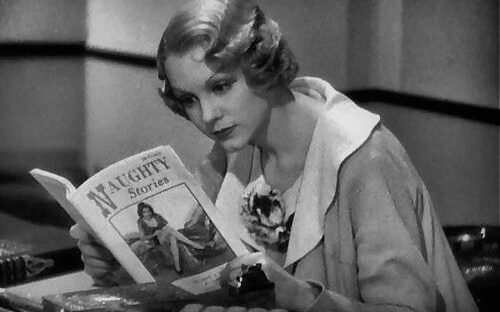
Browse all of the movie reviews on the site as well as schedules and pages that detail the world of pre-Code.
Explore the Pre-Code Era
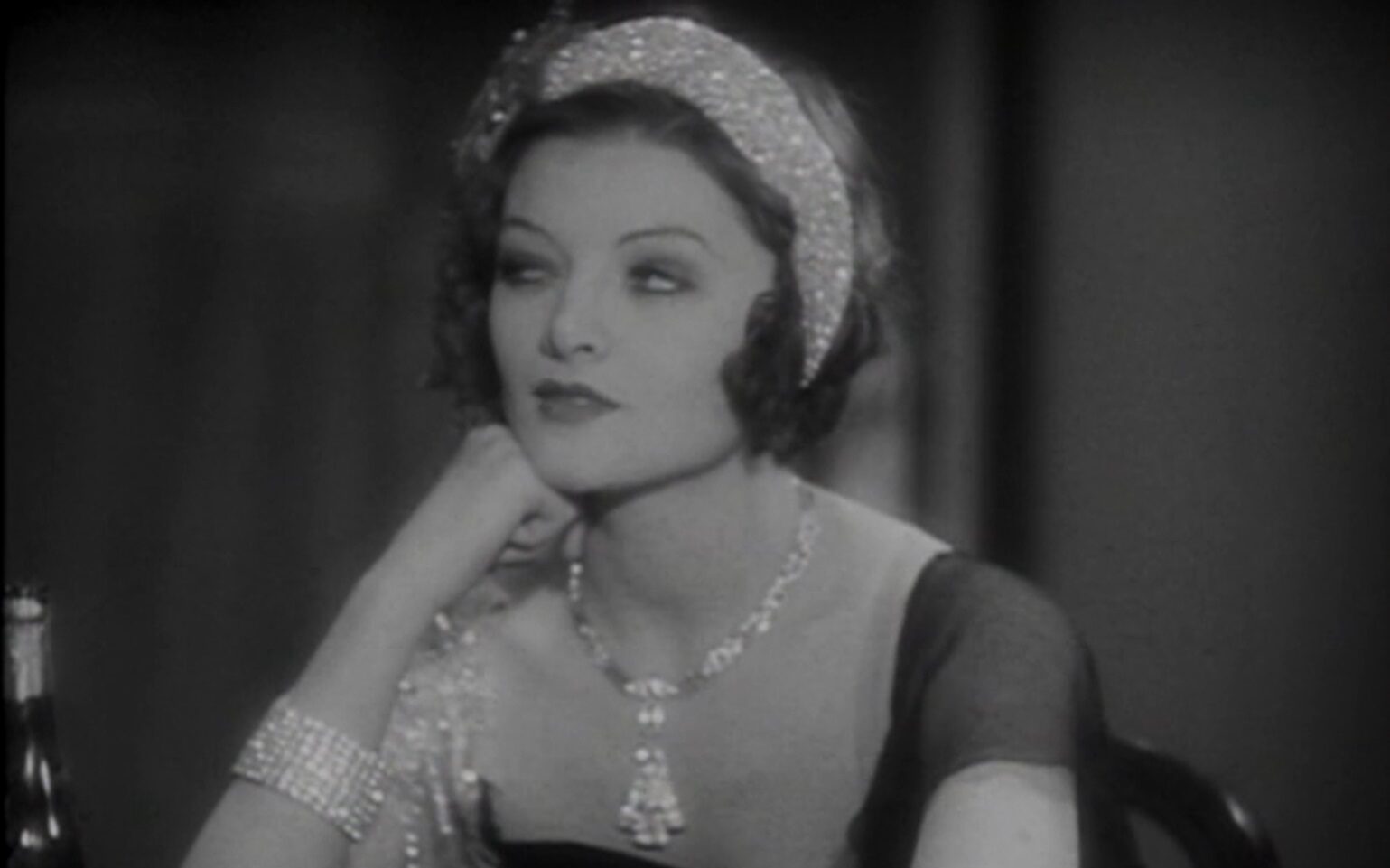
Dig through the pre-Code era through its highlights, its biggest hits, its essential films, and more.
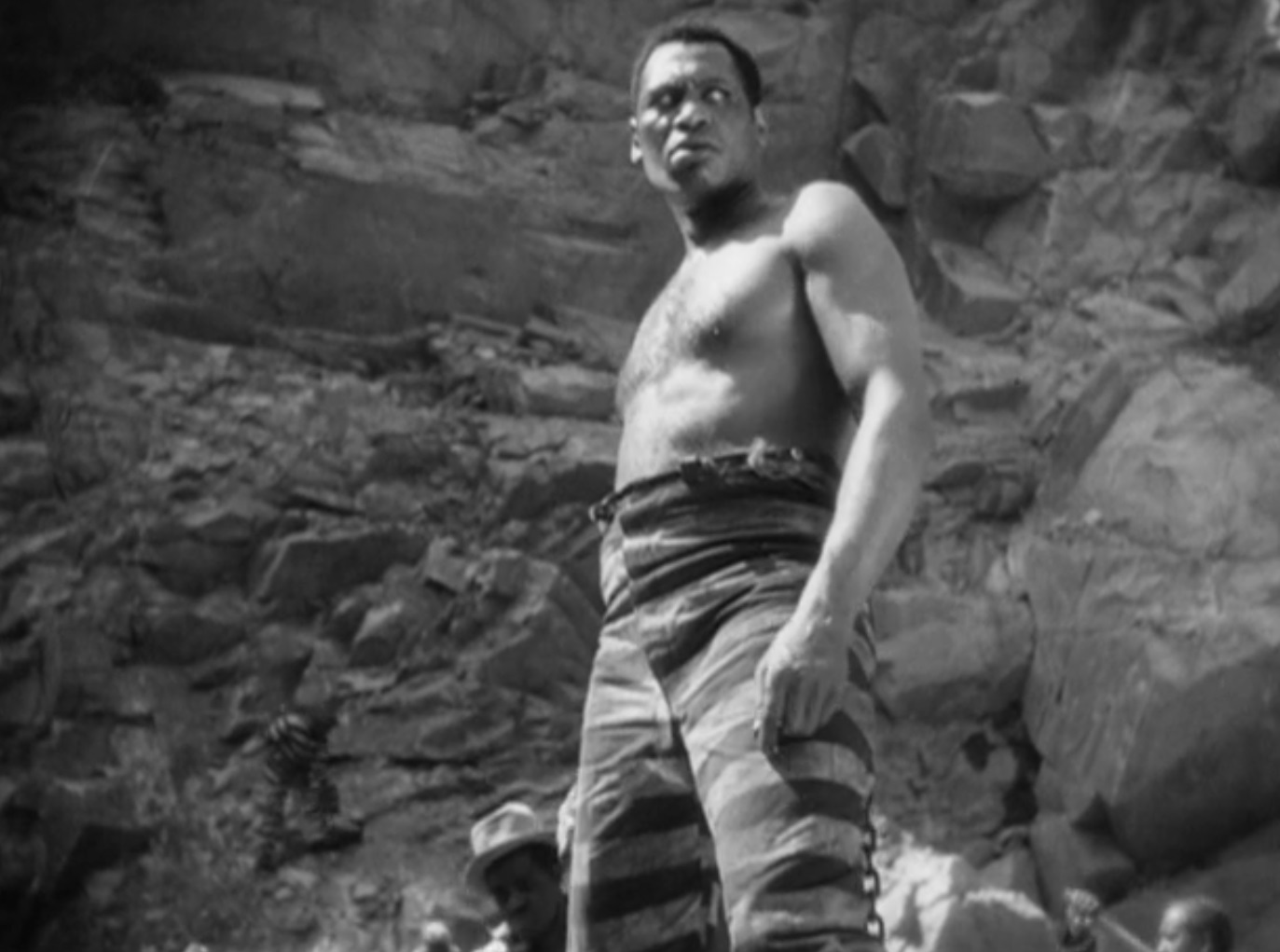
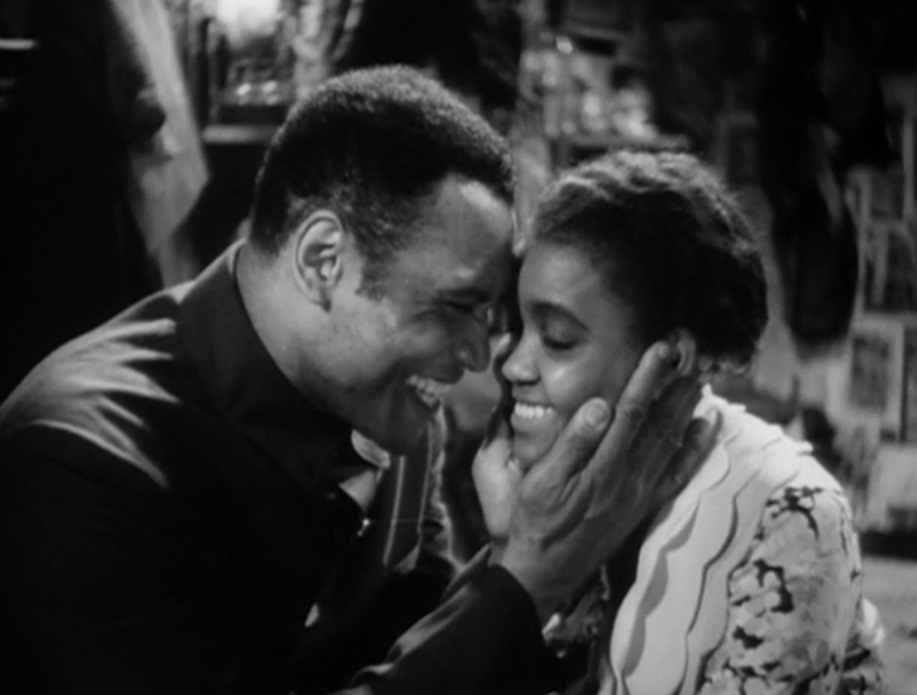
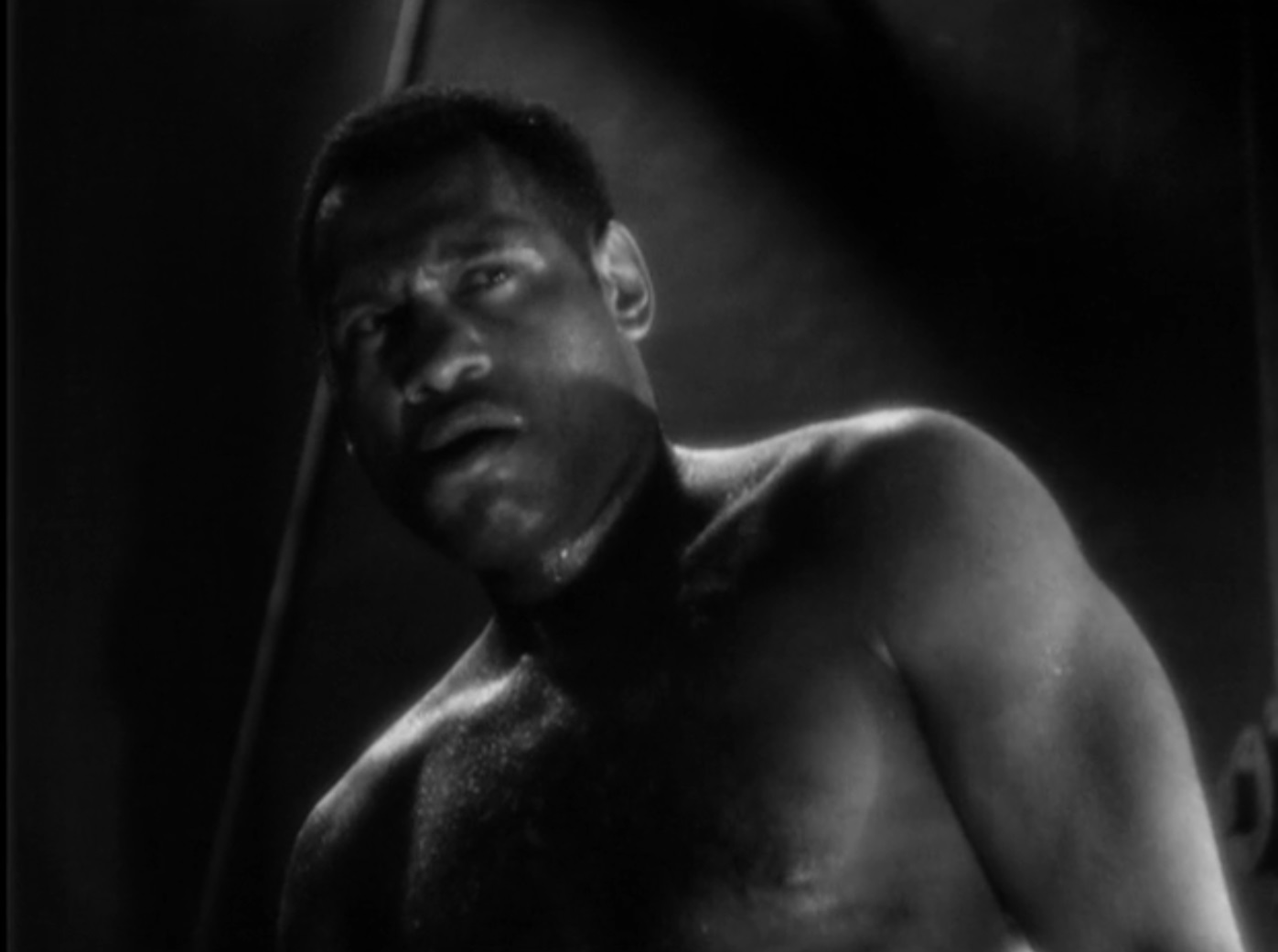
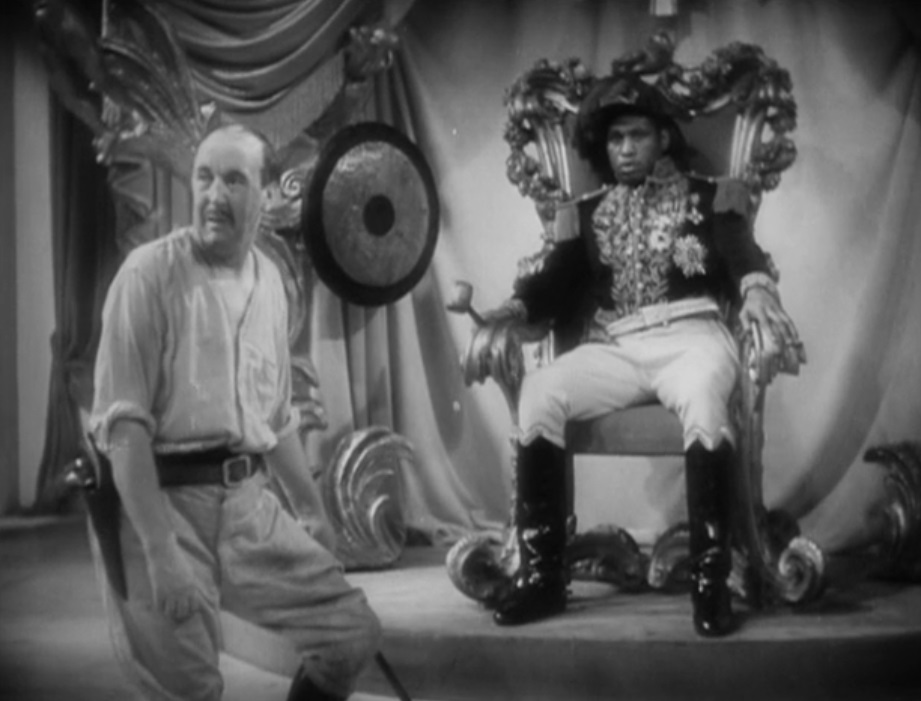
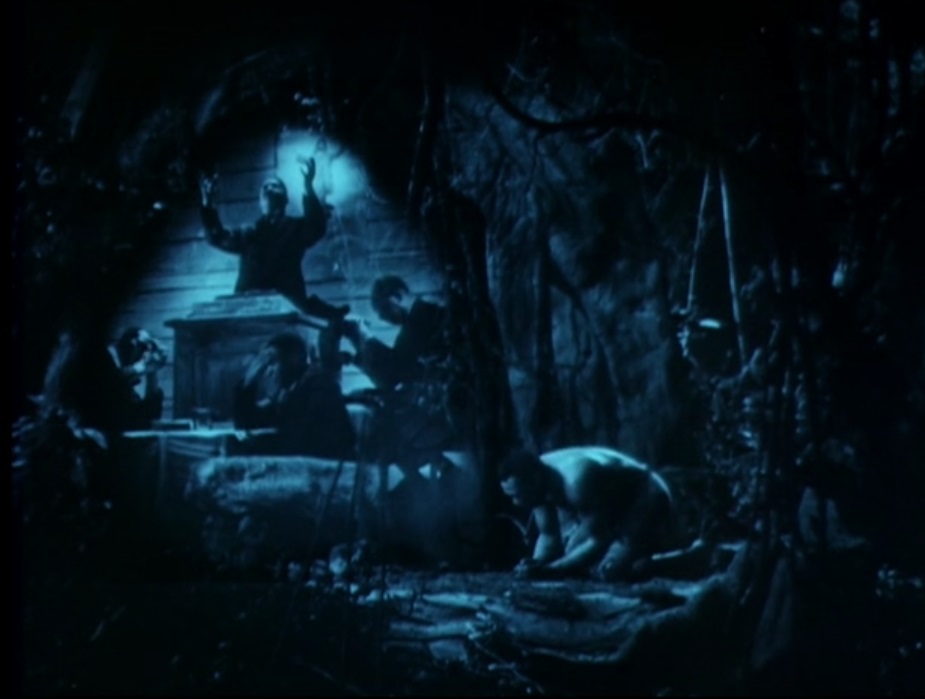


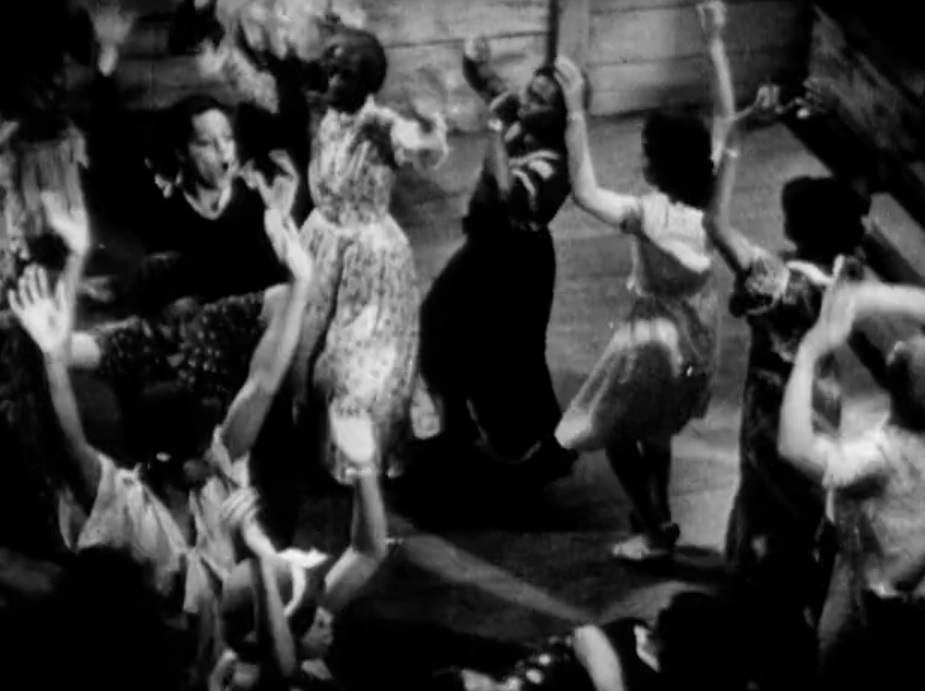
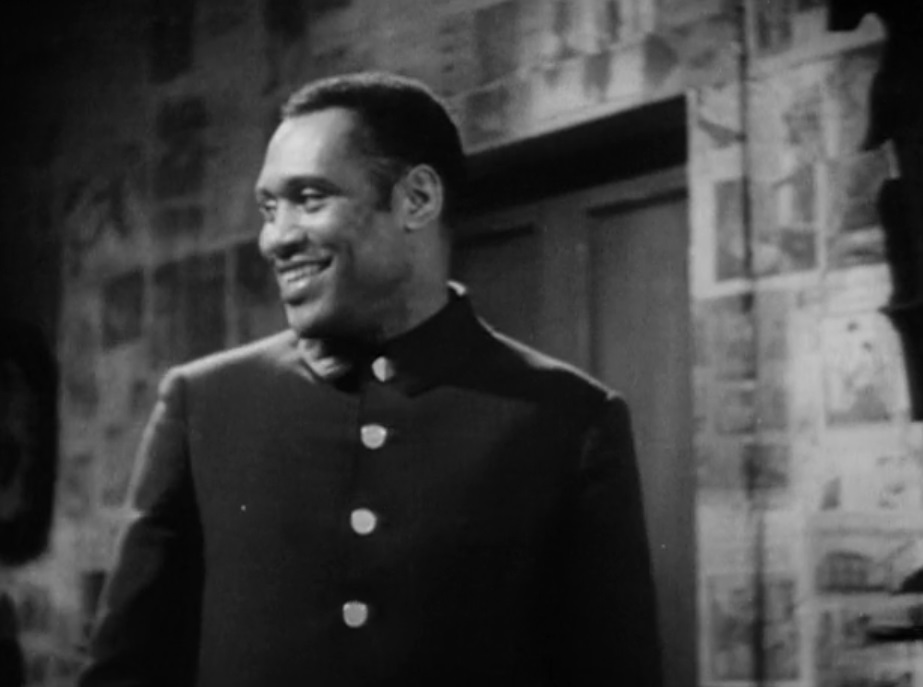
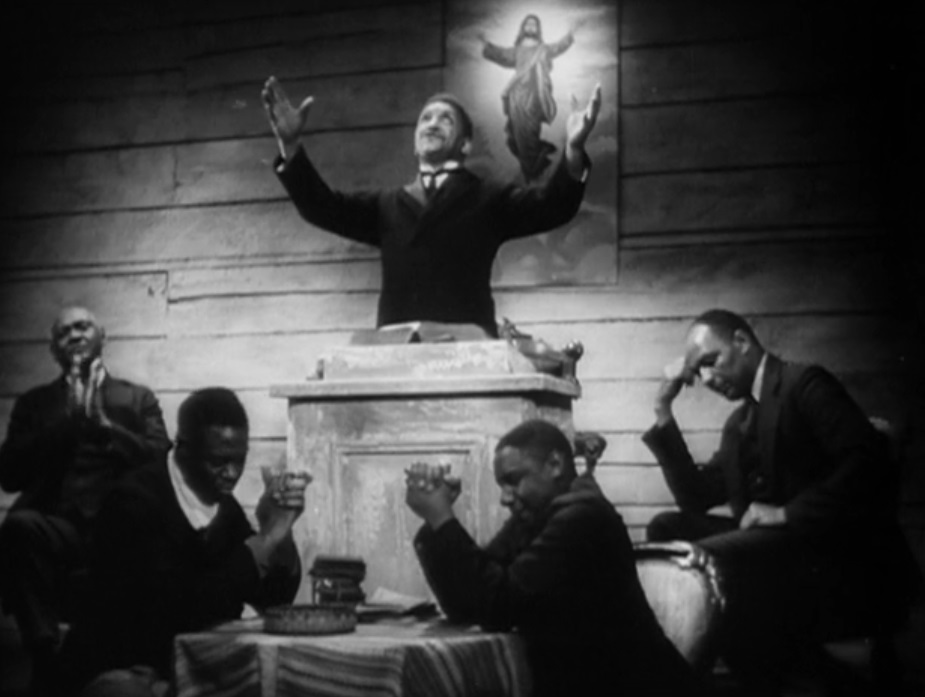
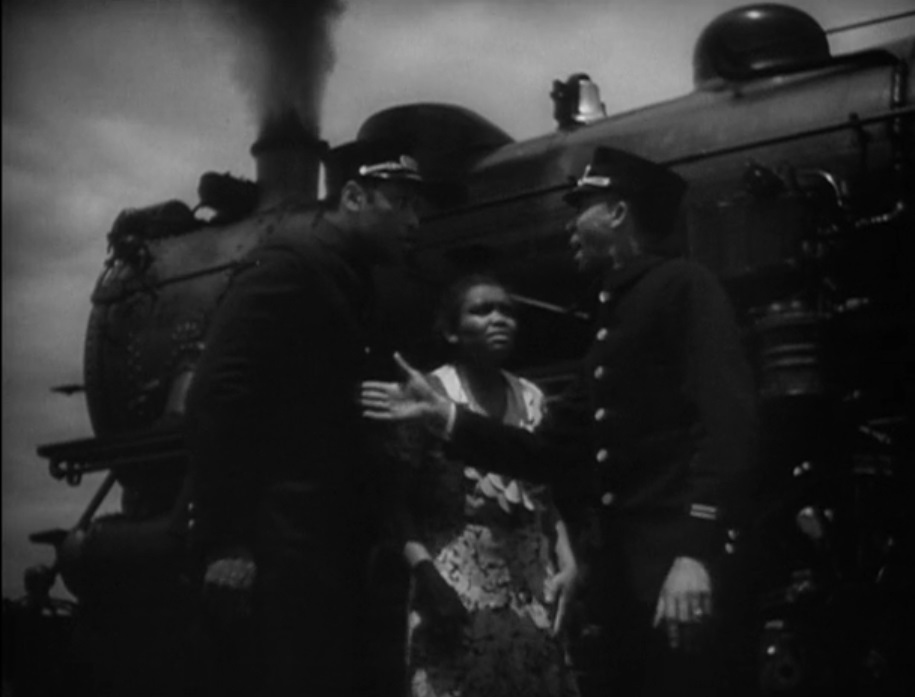
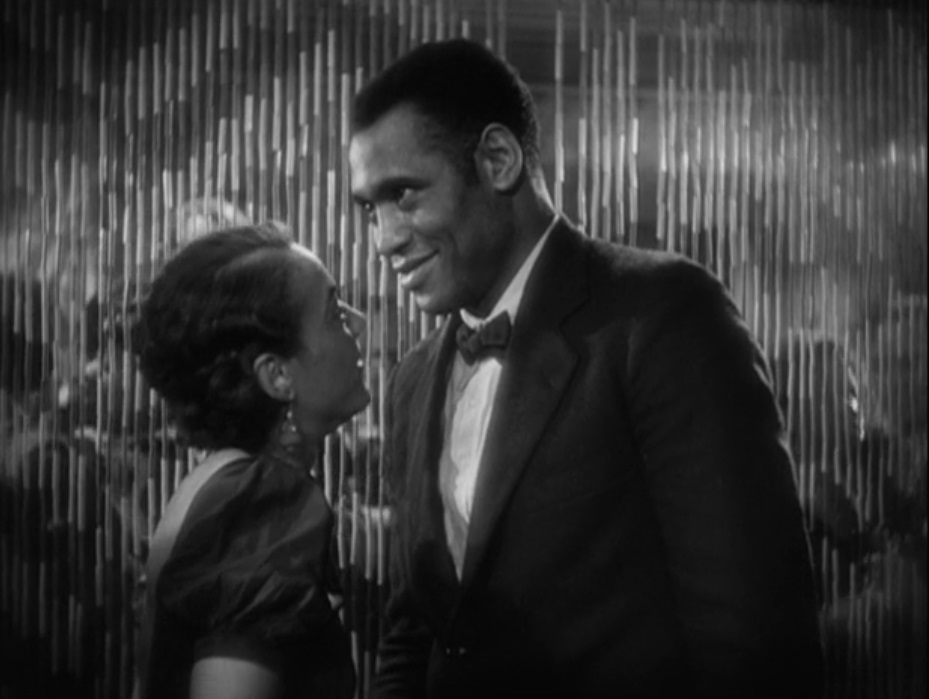
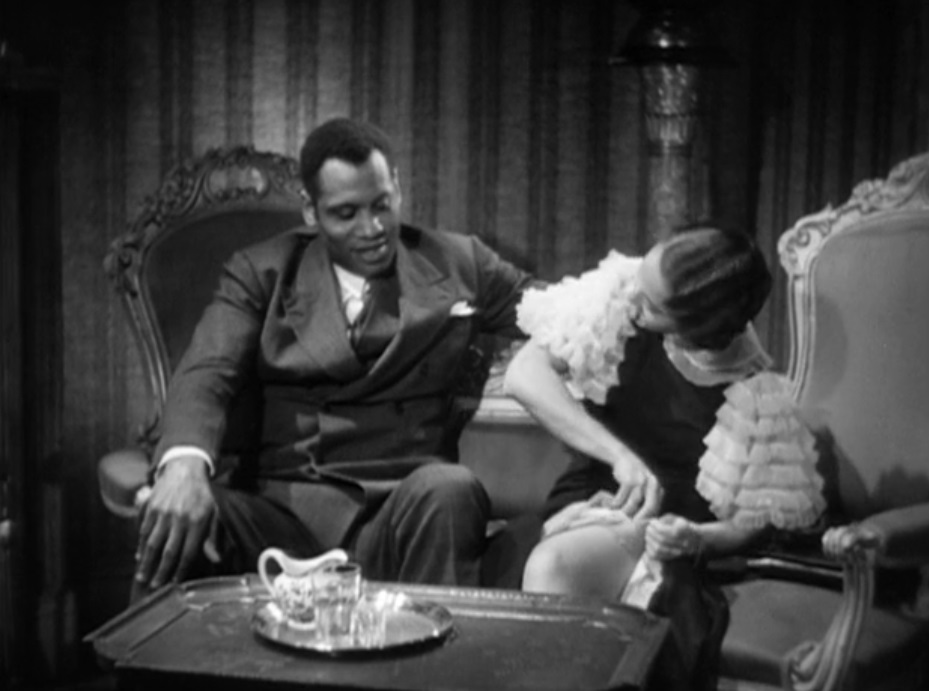
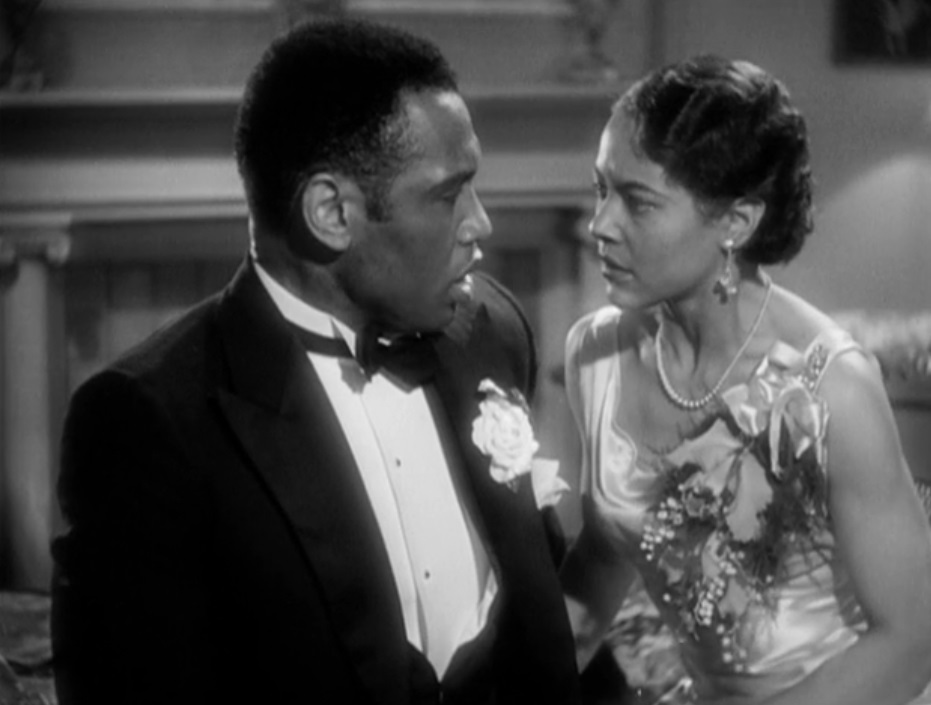
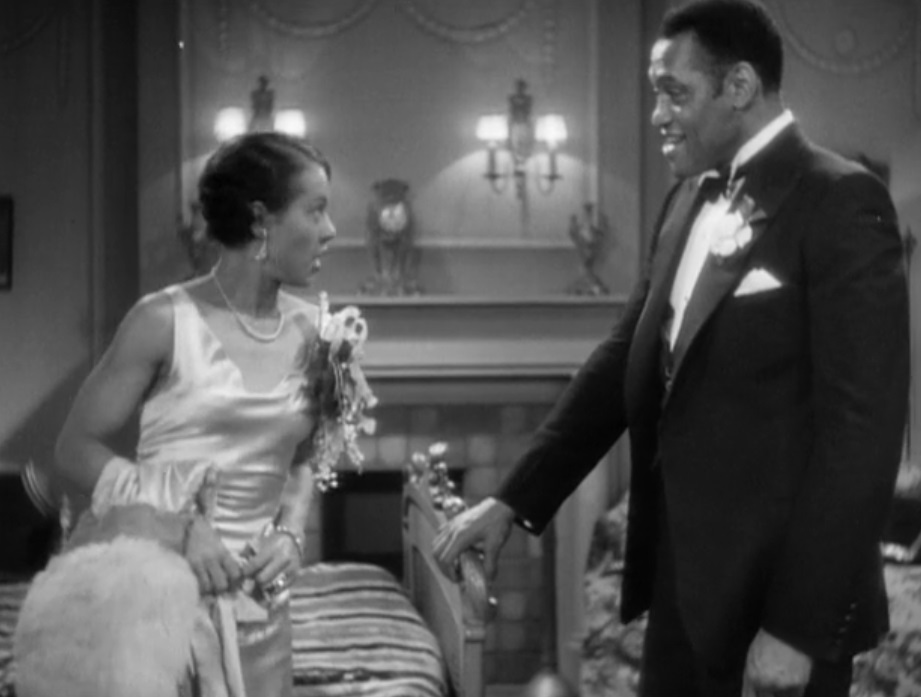
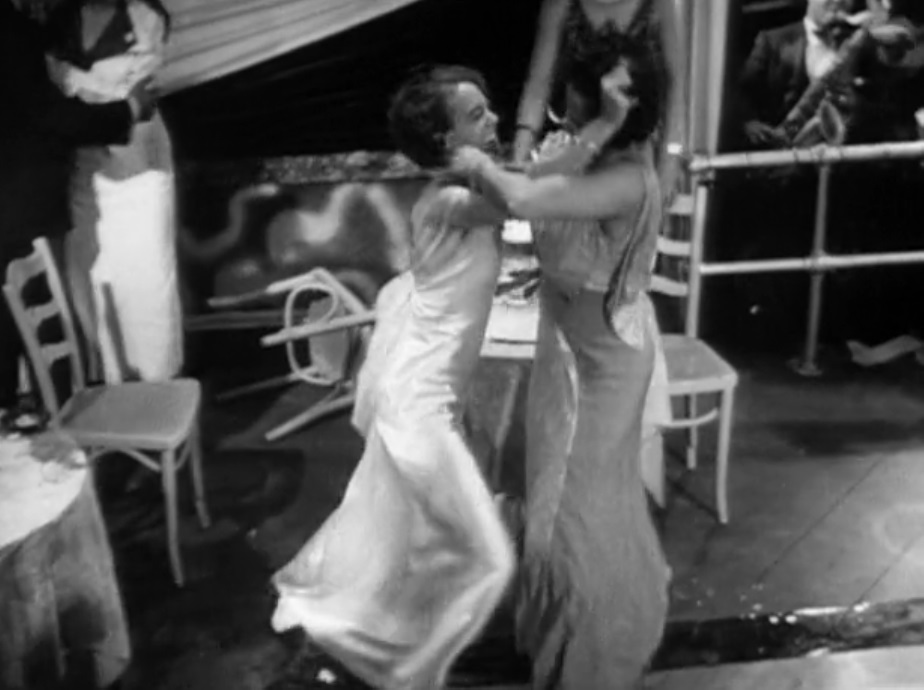

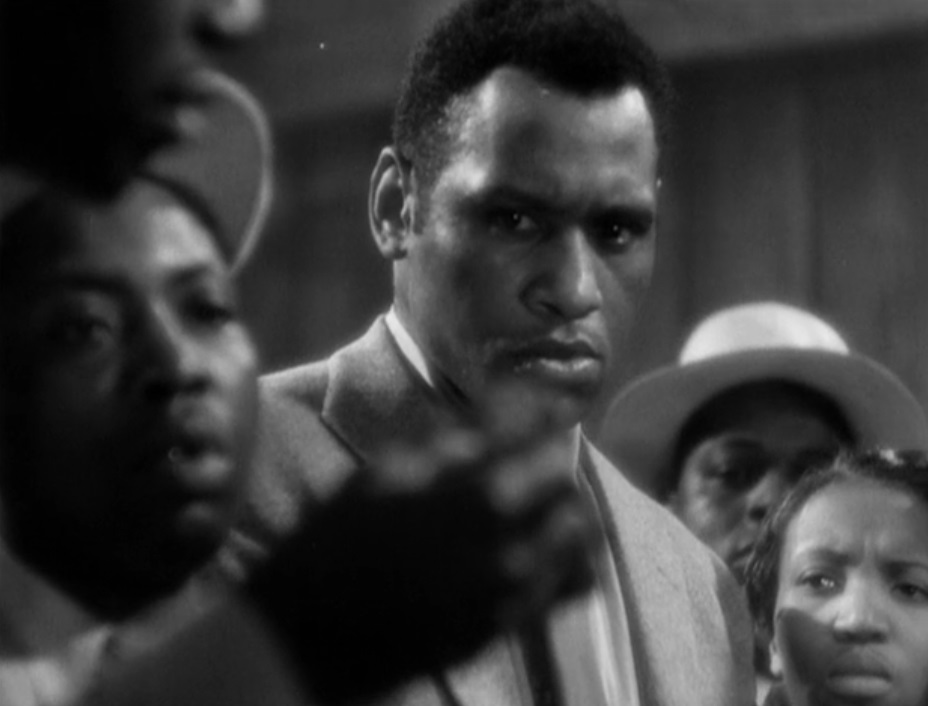
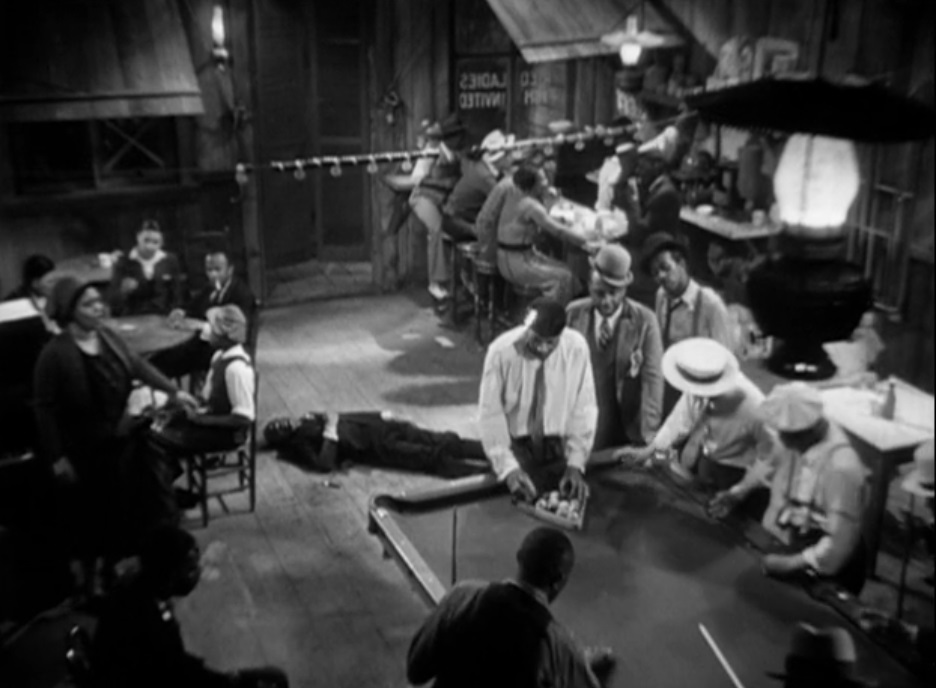
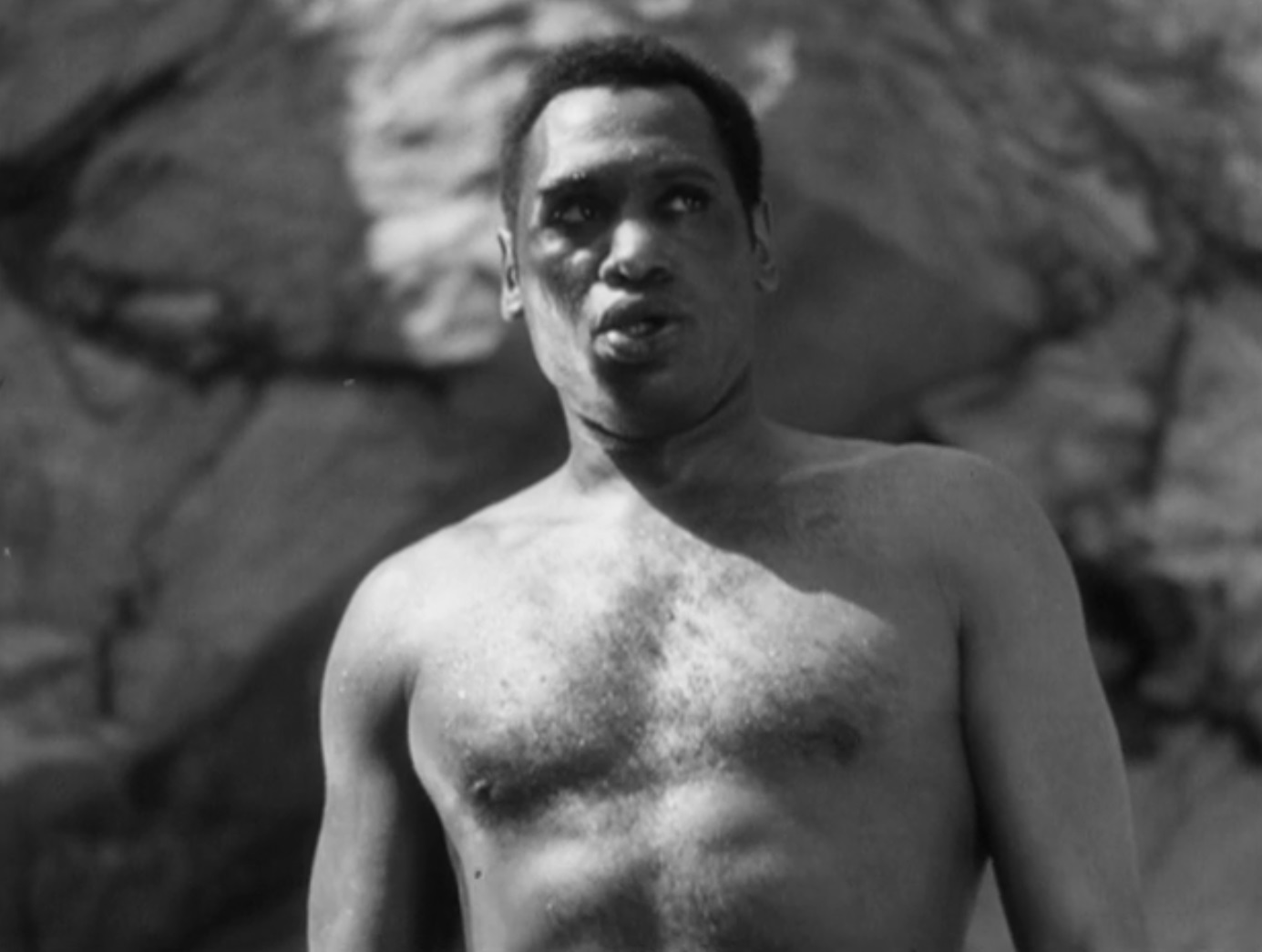
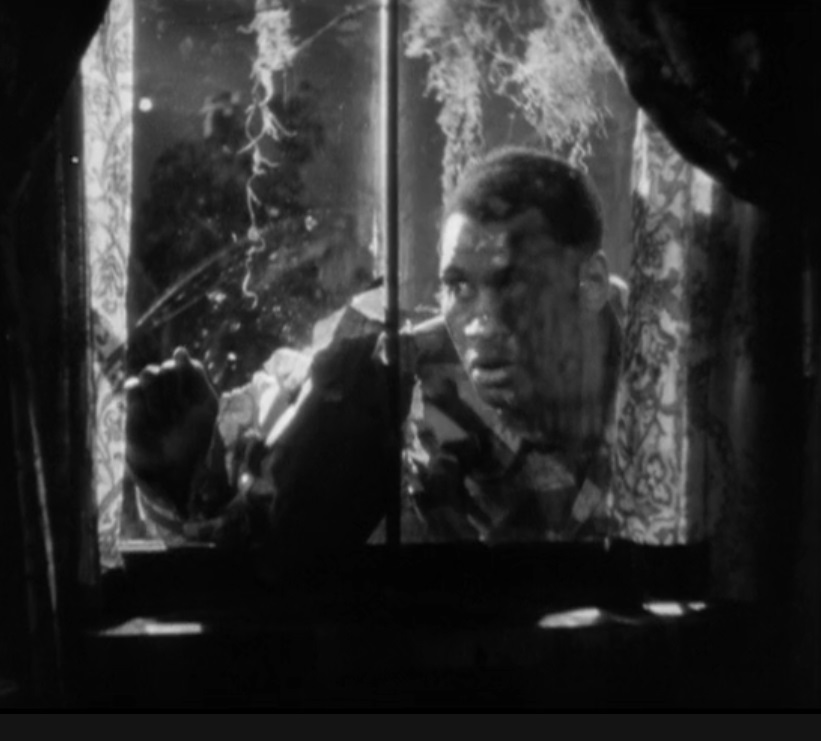


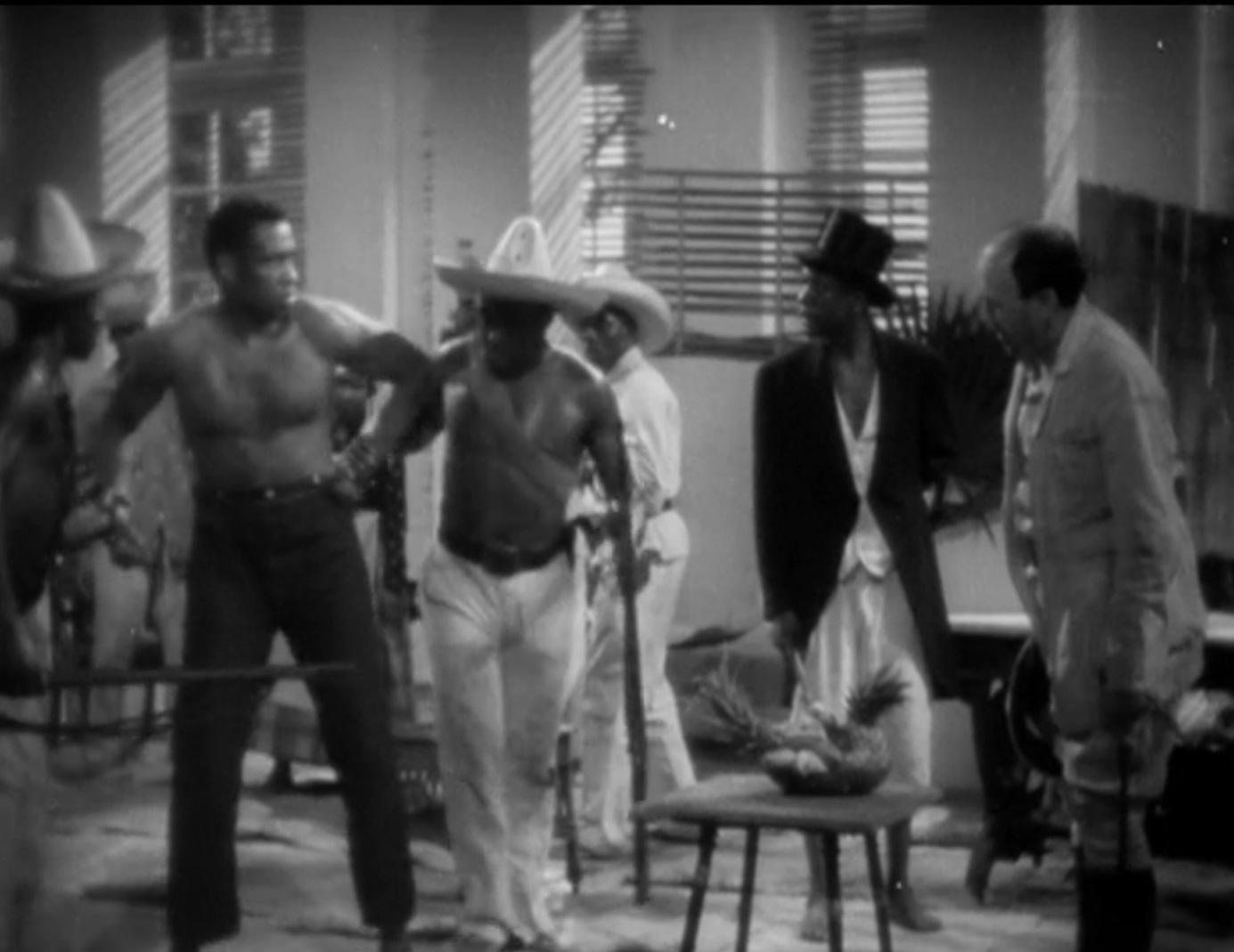
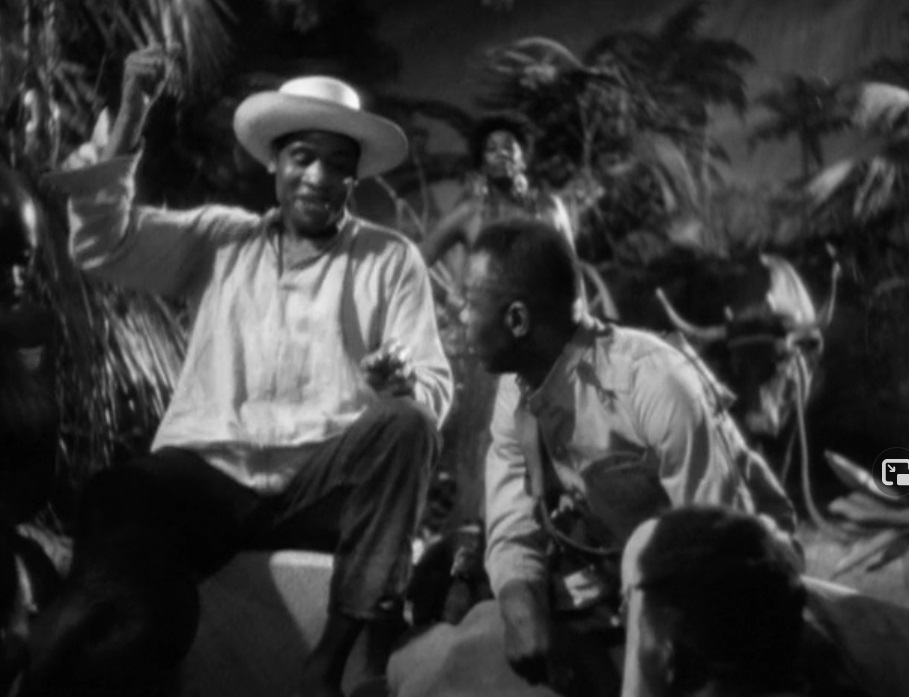
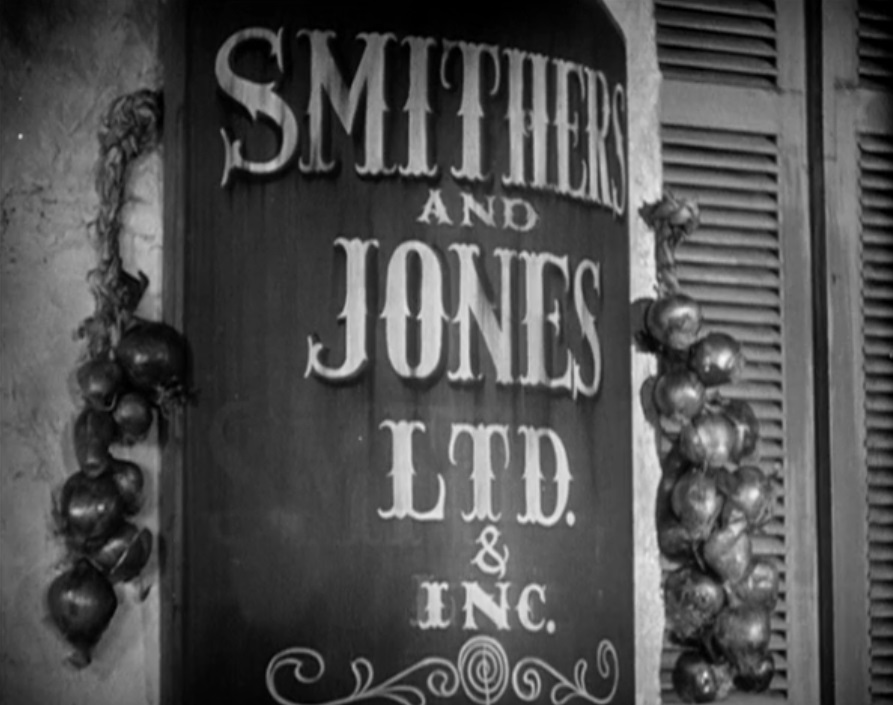


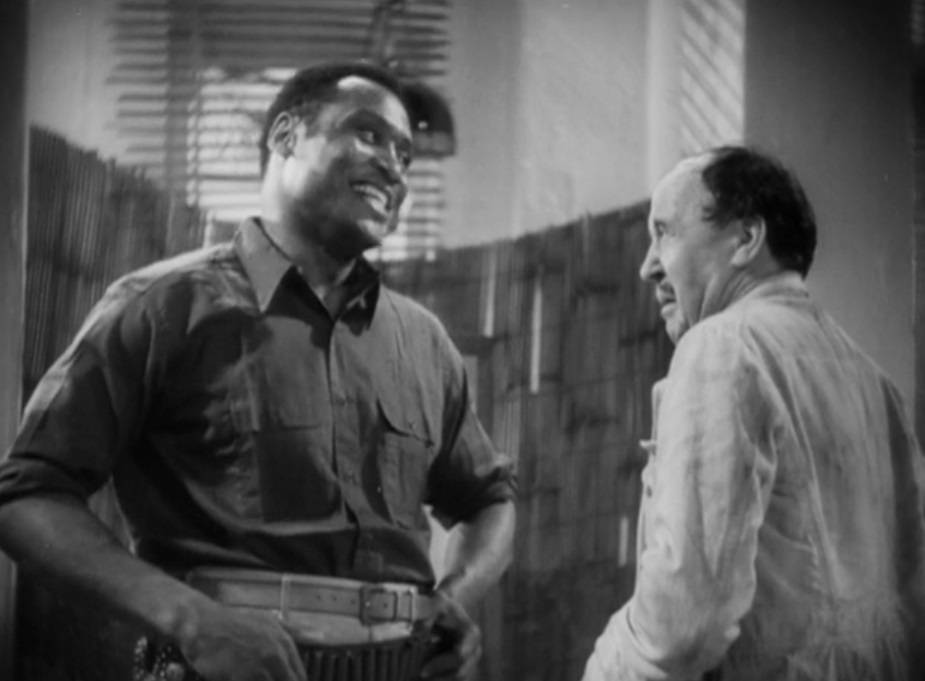

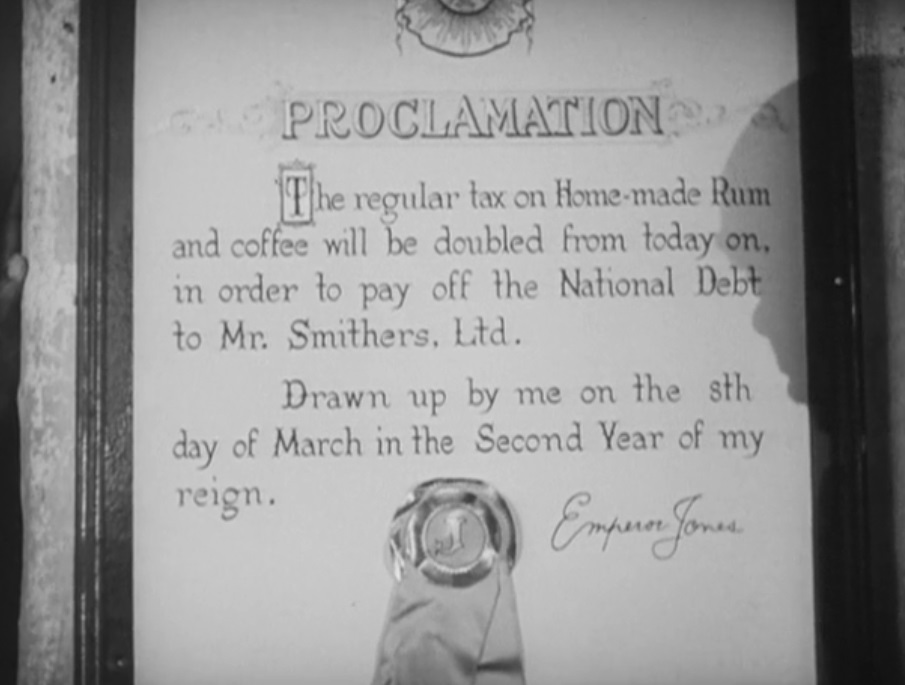
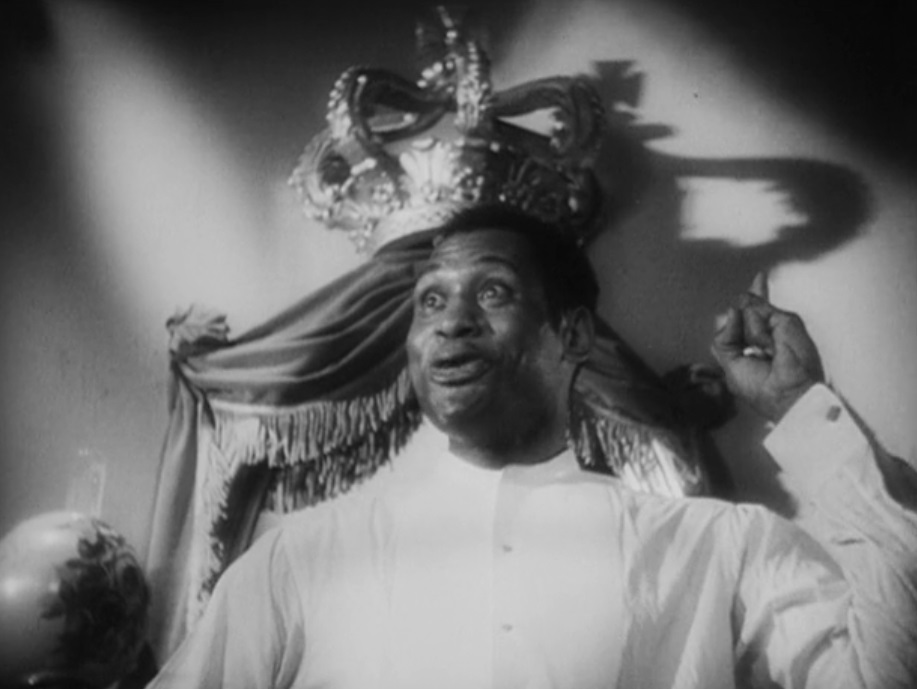
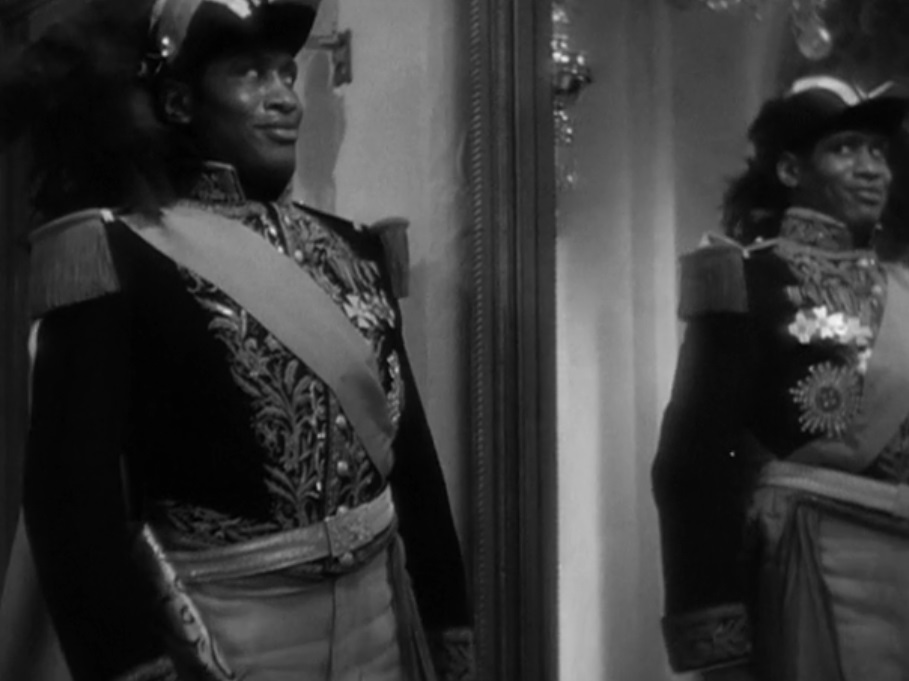
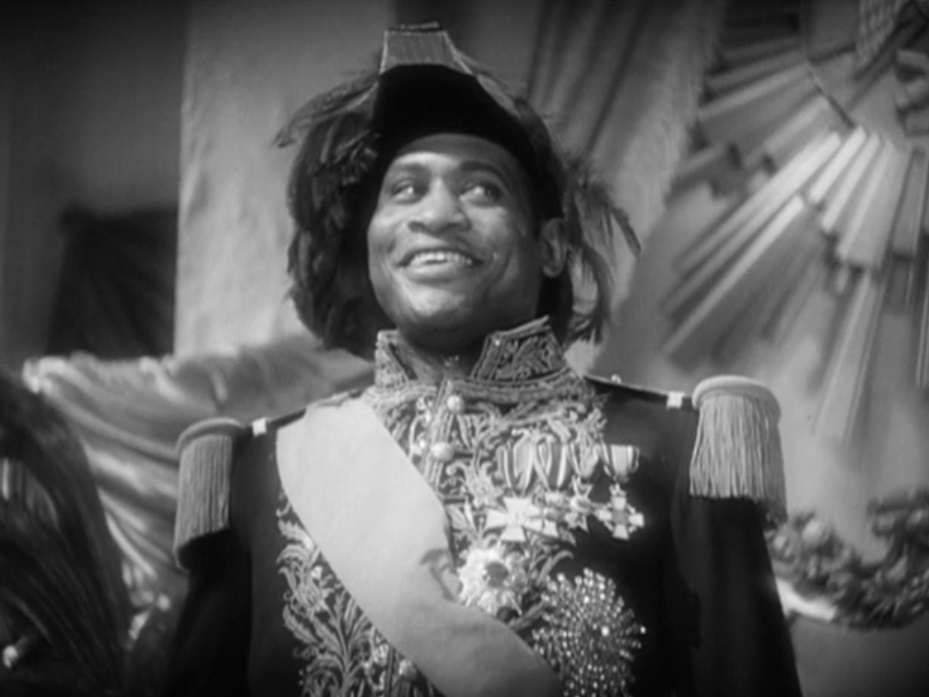
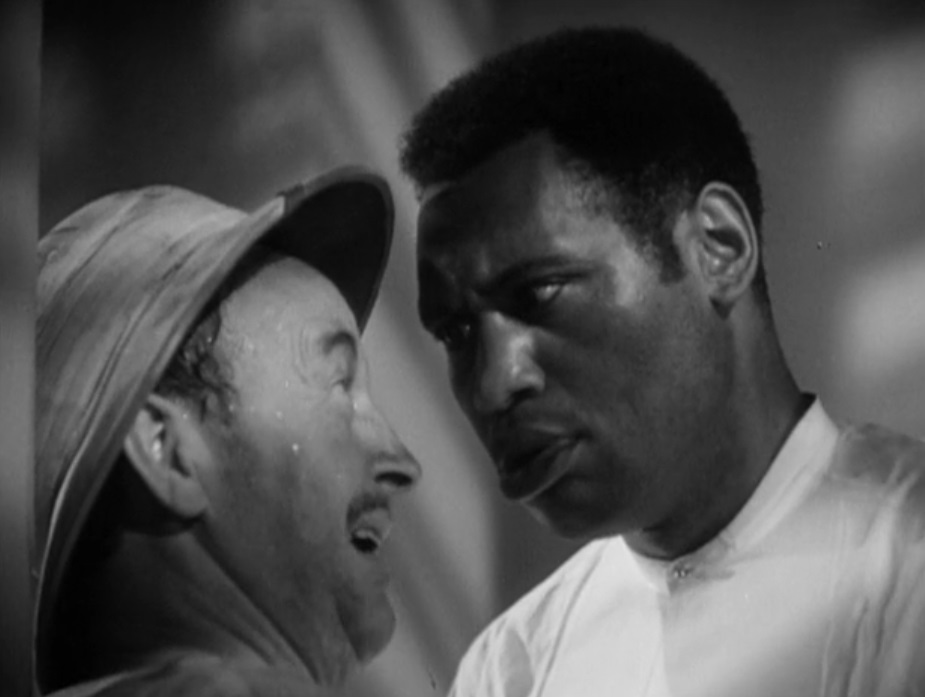

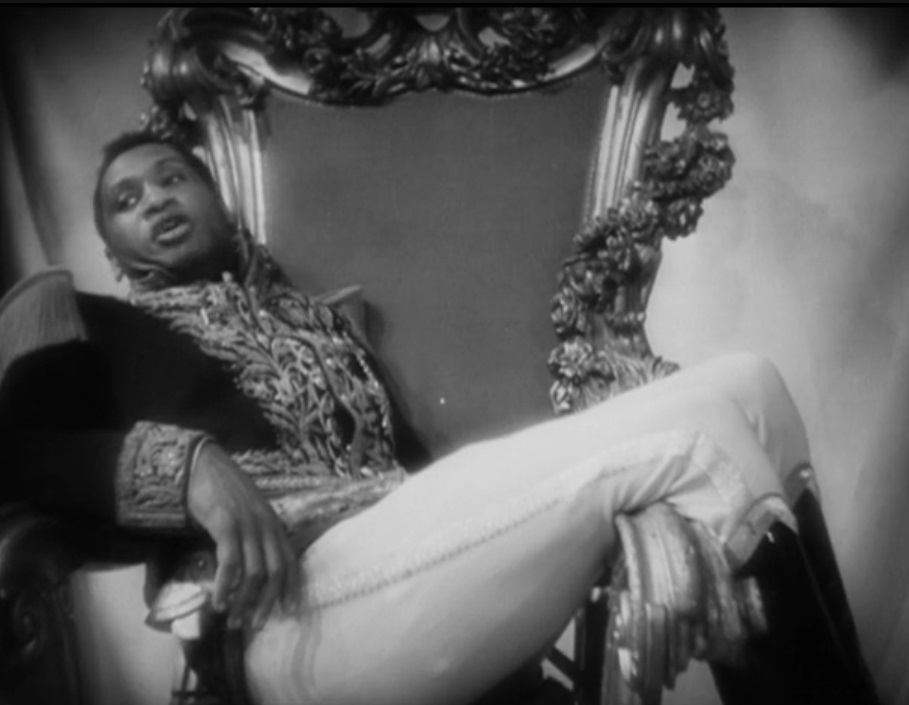

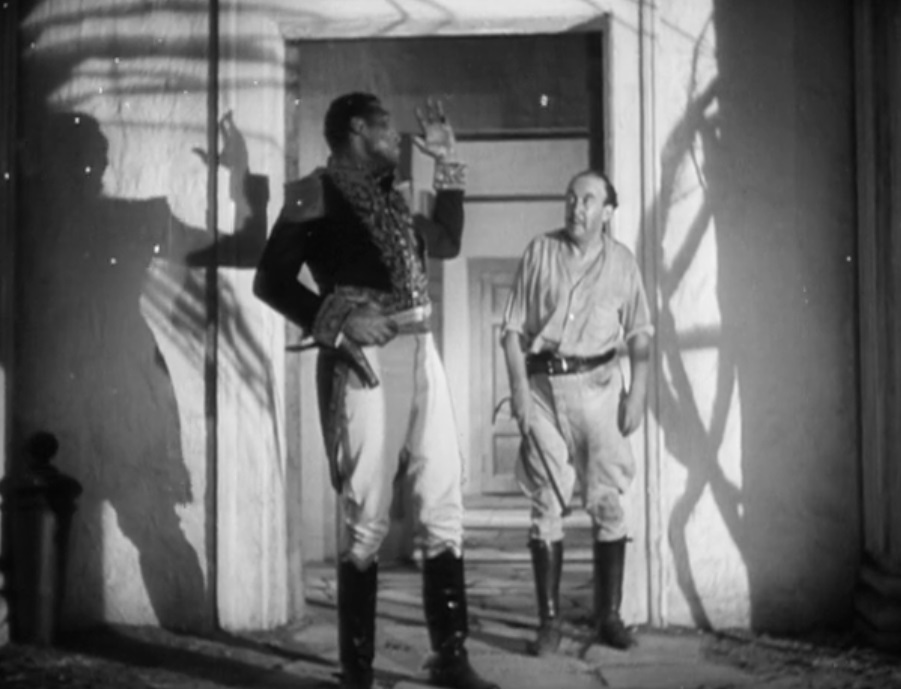
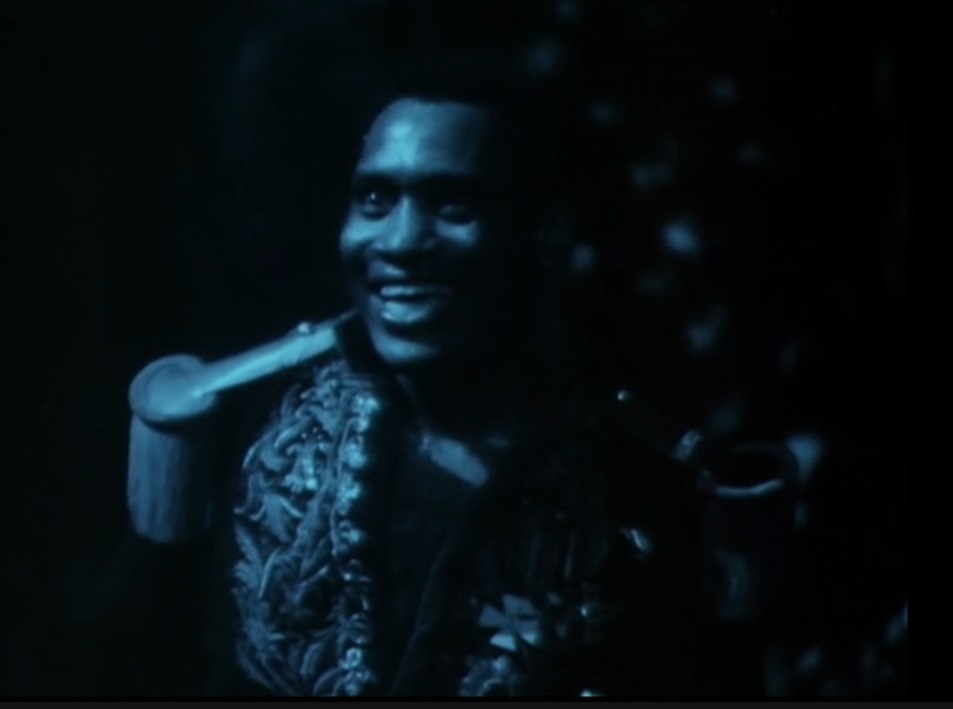

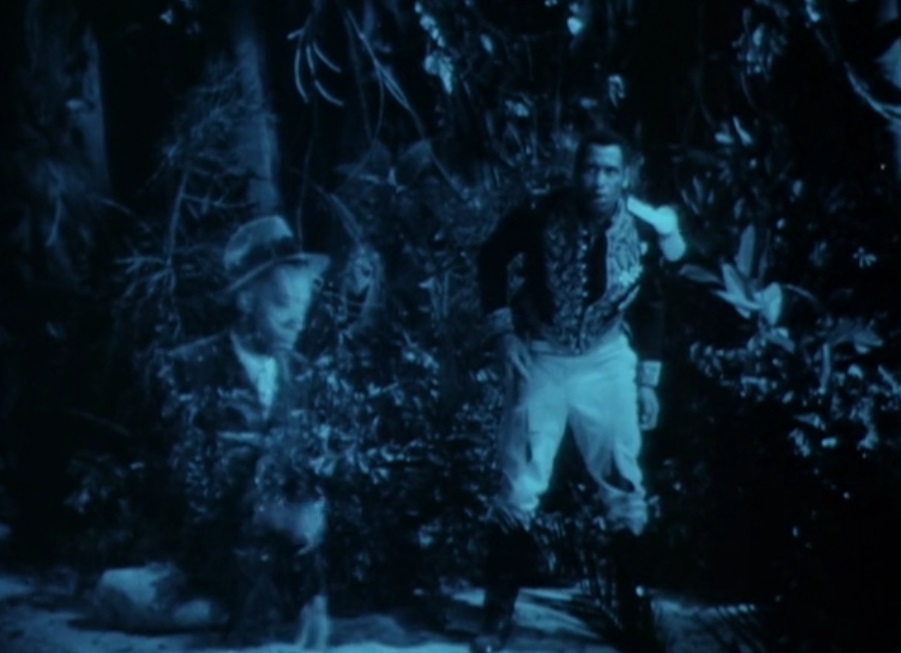
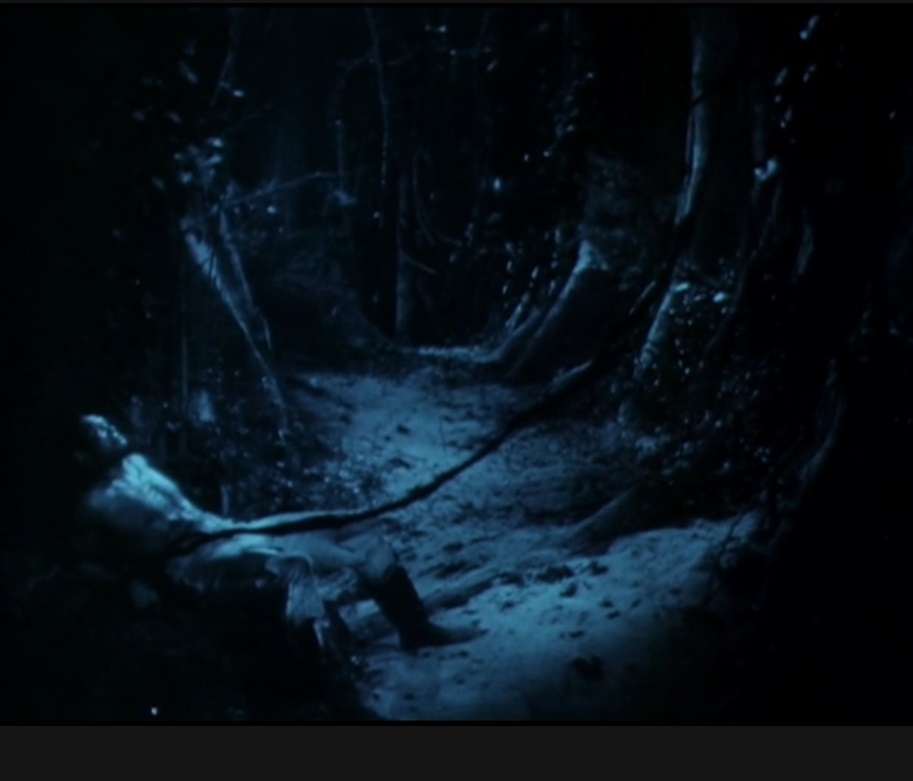

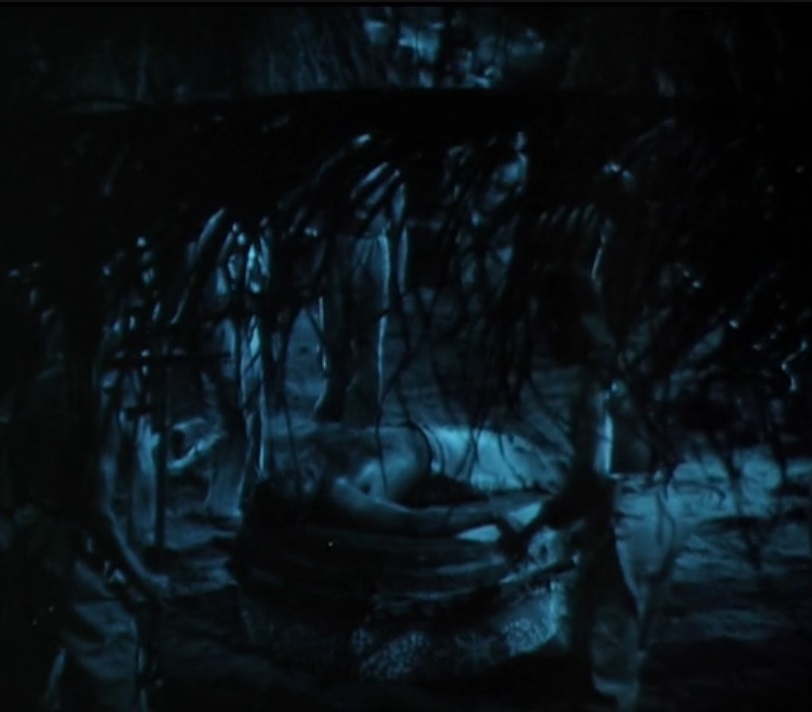
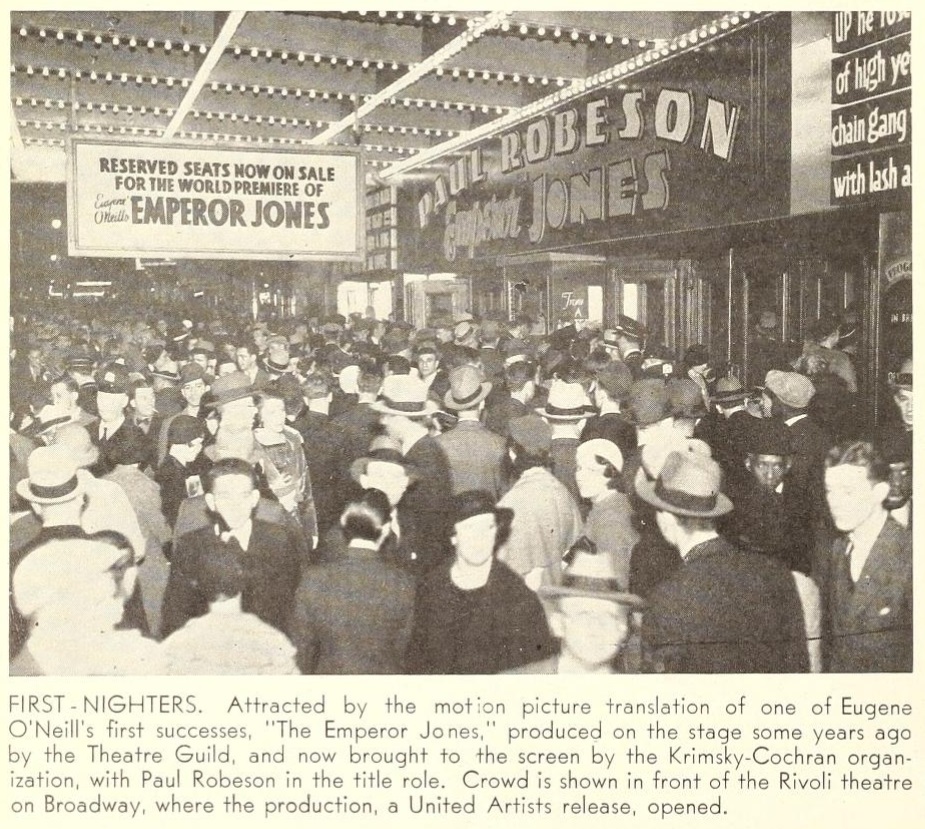
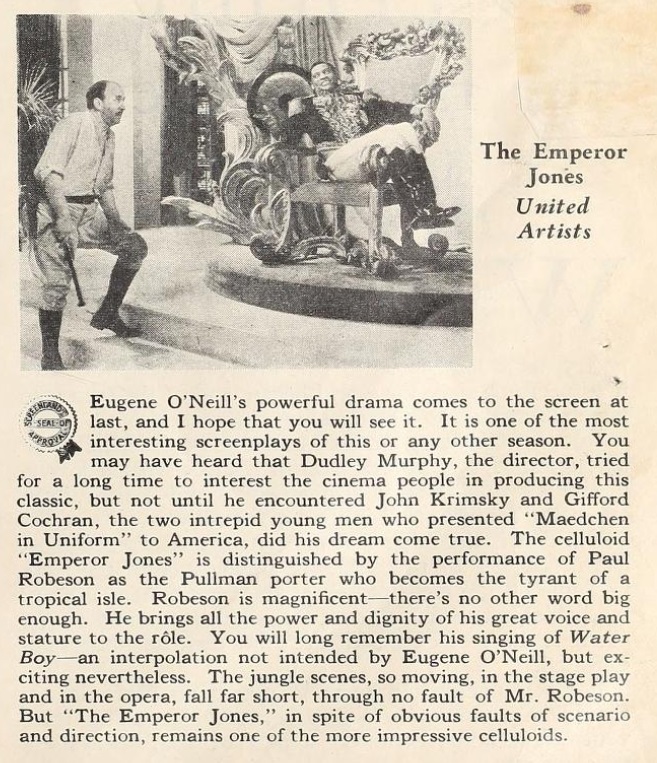
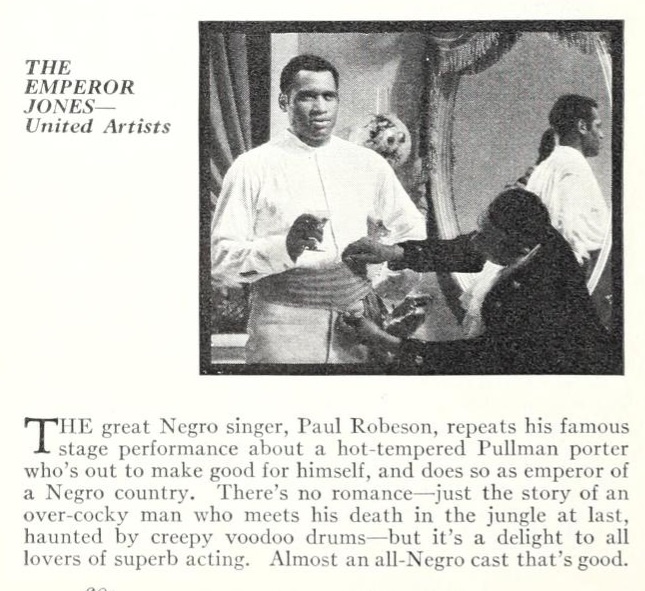
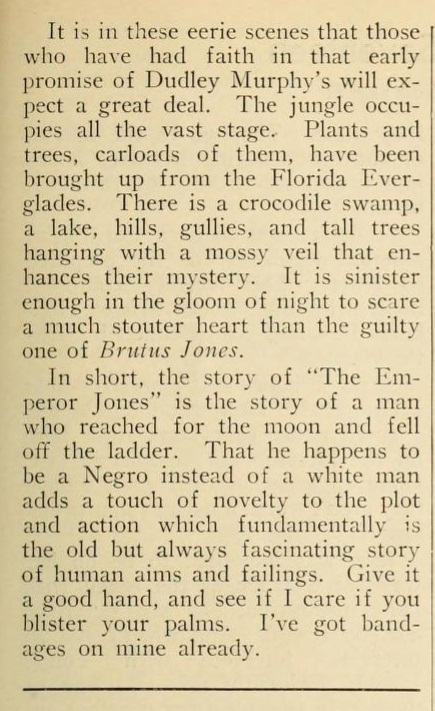
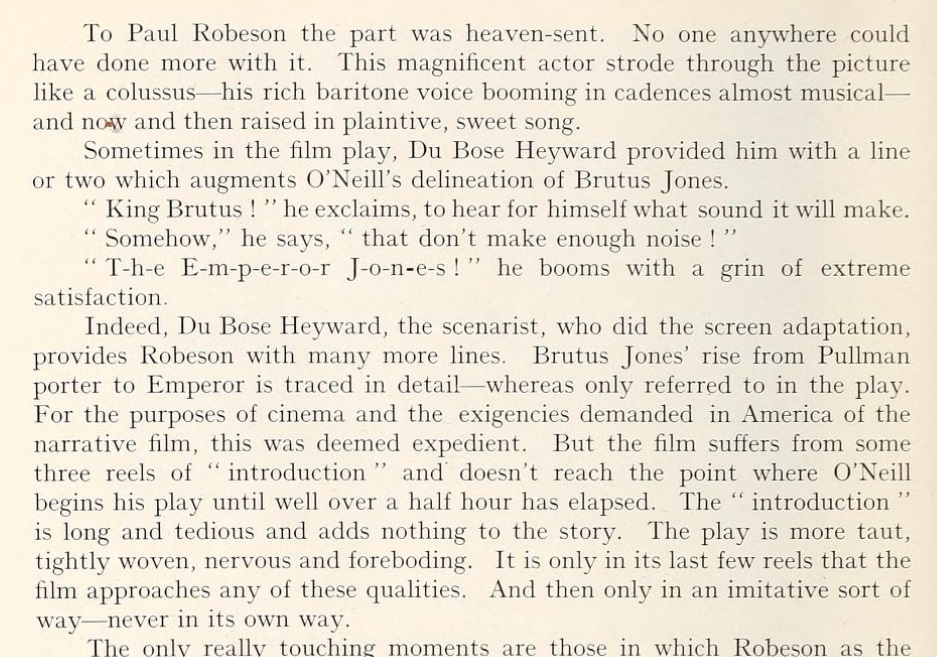
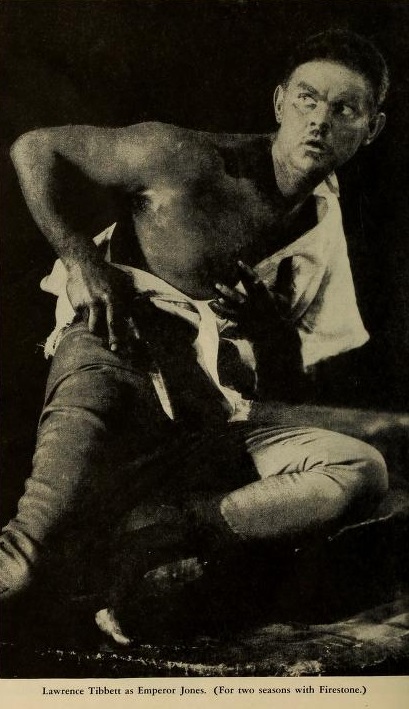
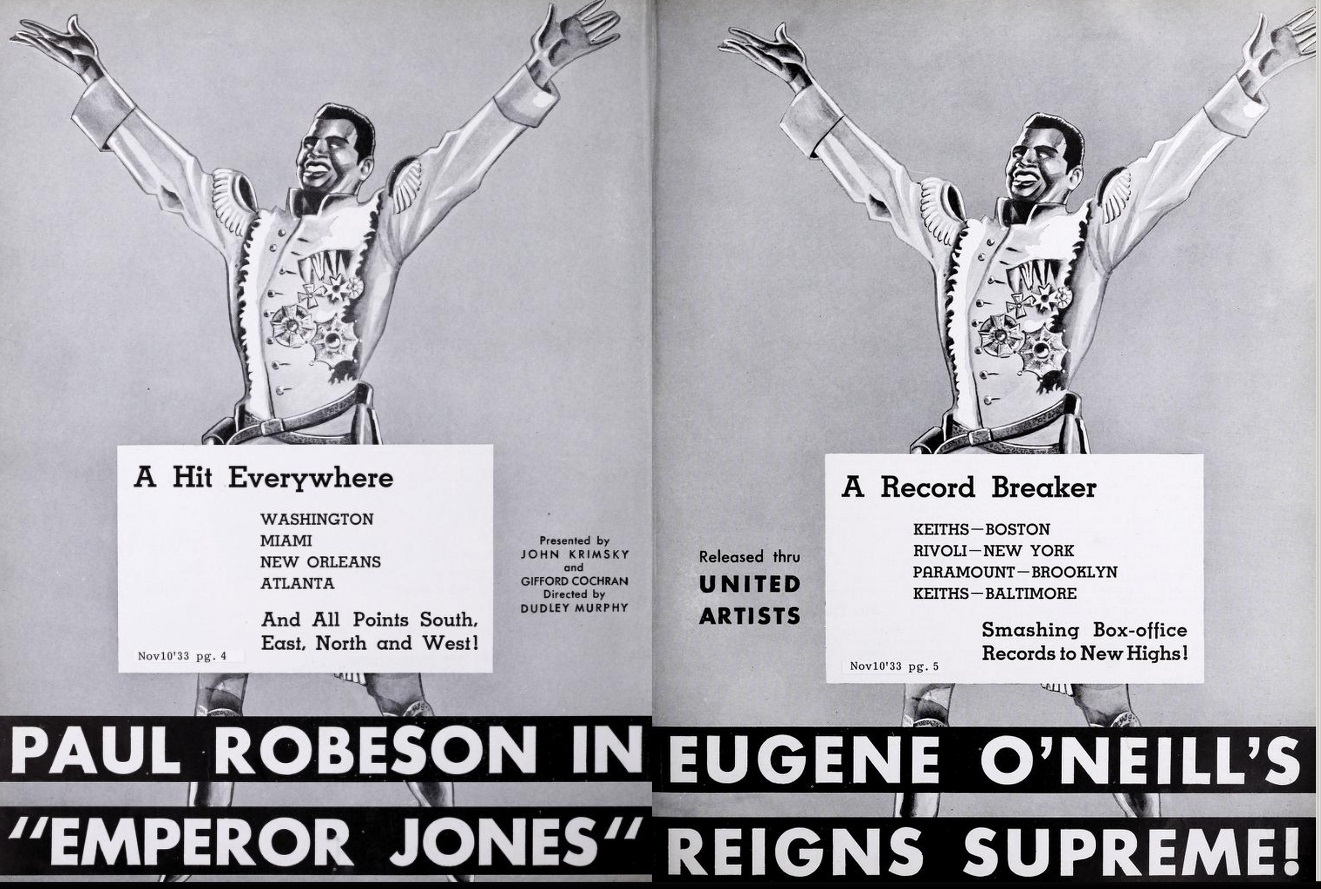
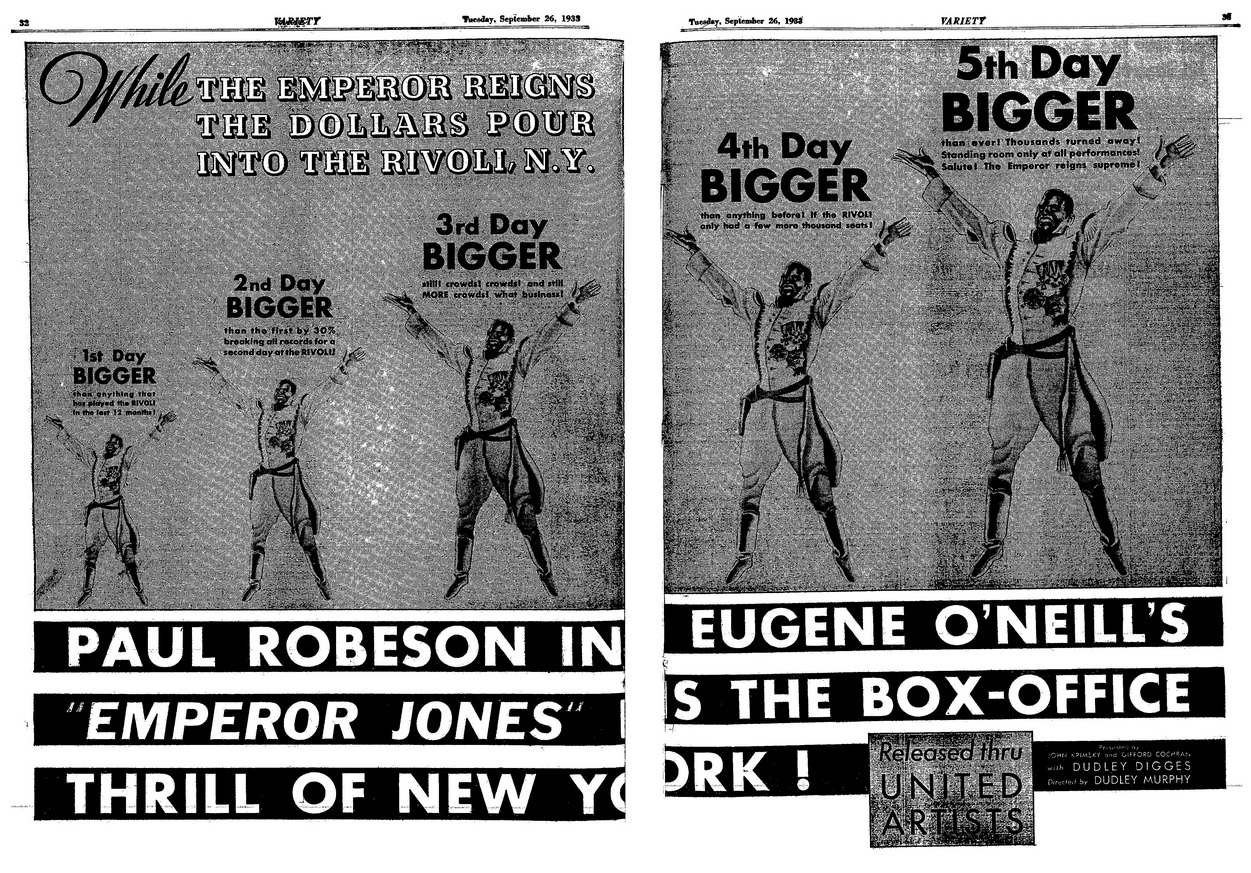
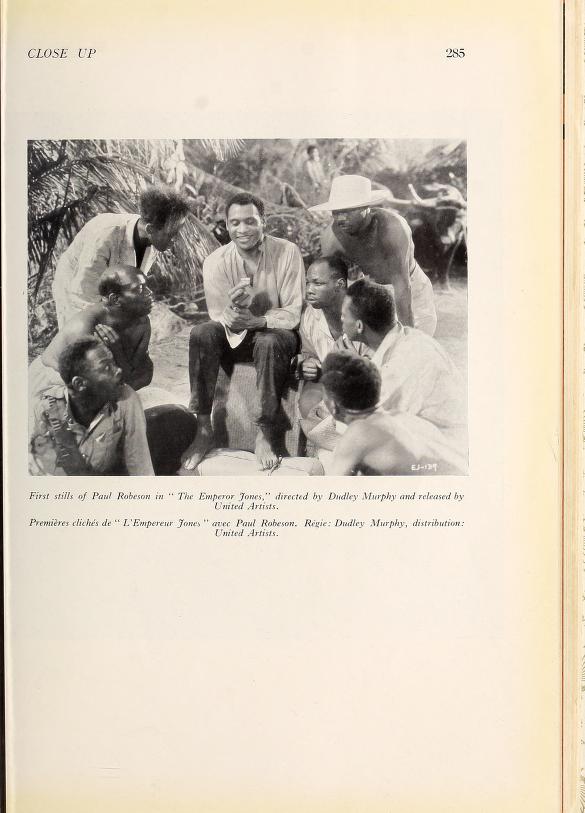
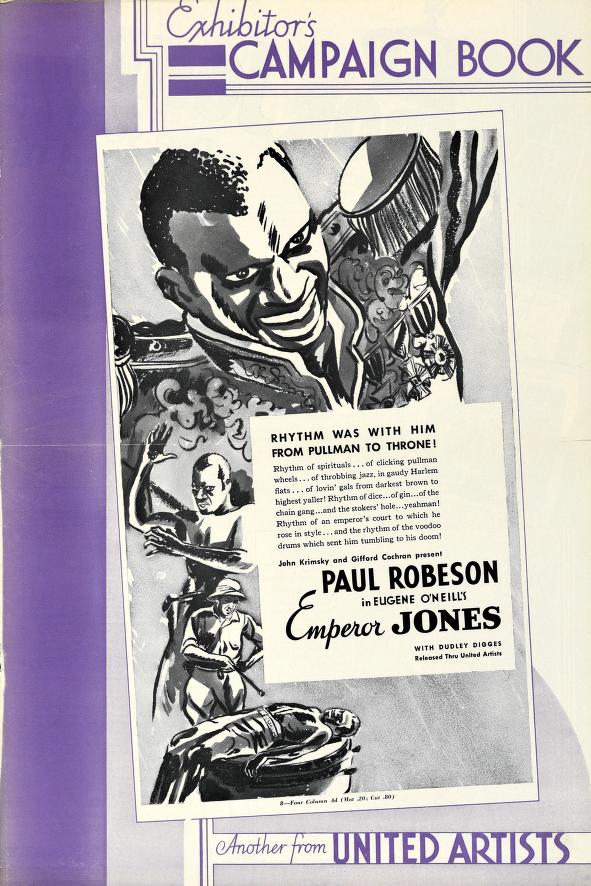


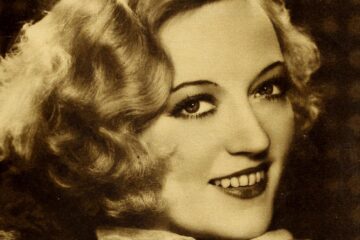
1 Comment
Jay Tipsy · April 19, 2021 at 9:41 pm
Bro, good review, but how did you not include a mention of the topless dancers in the opening credits? lol
Comments are closed.